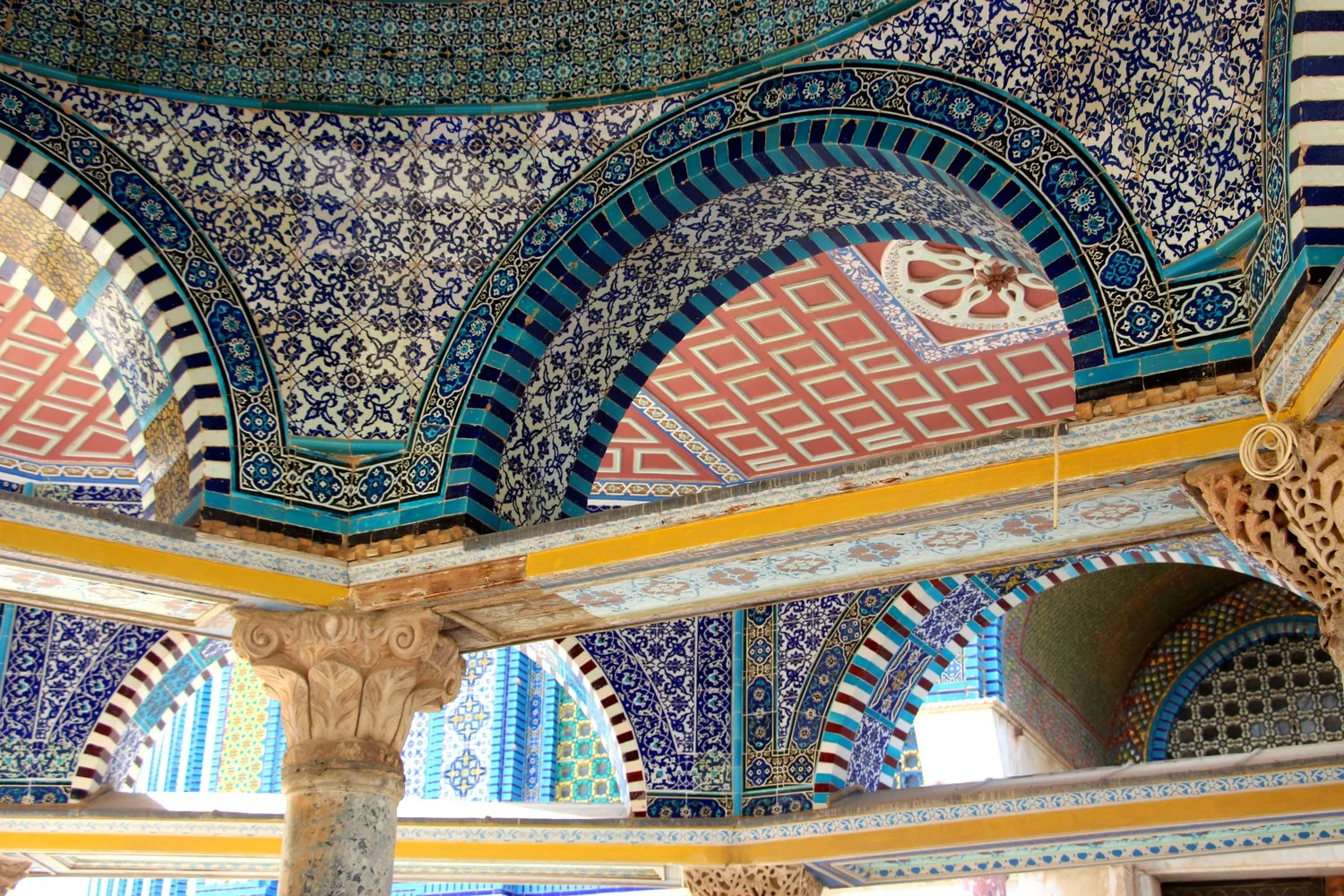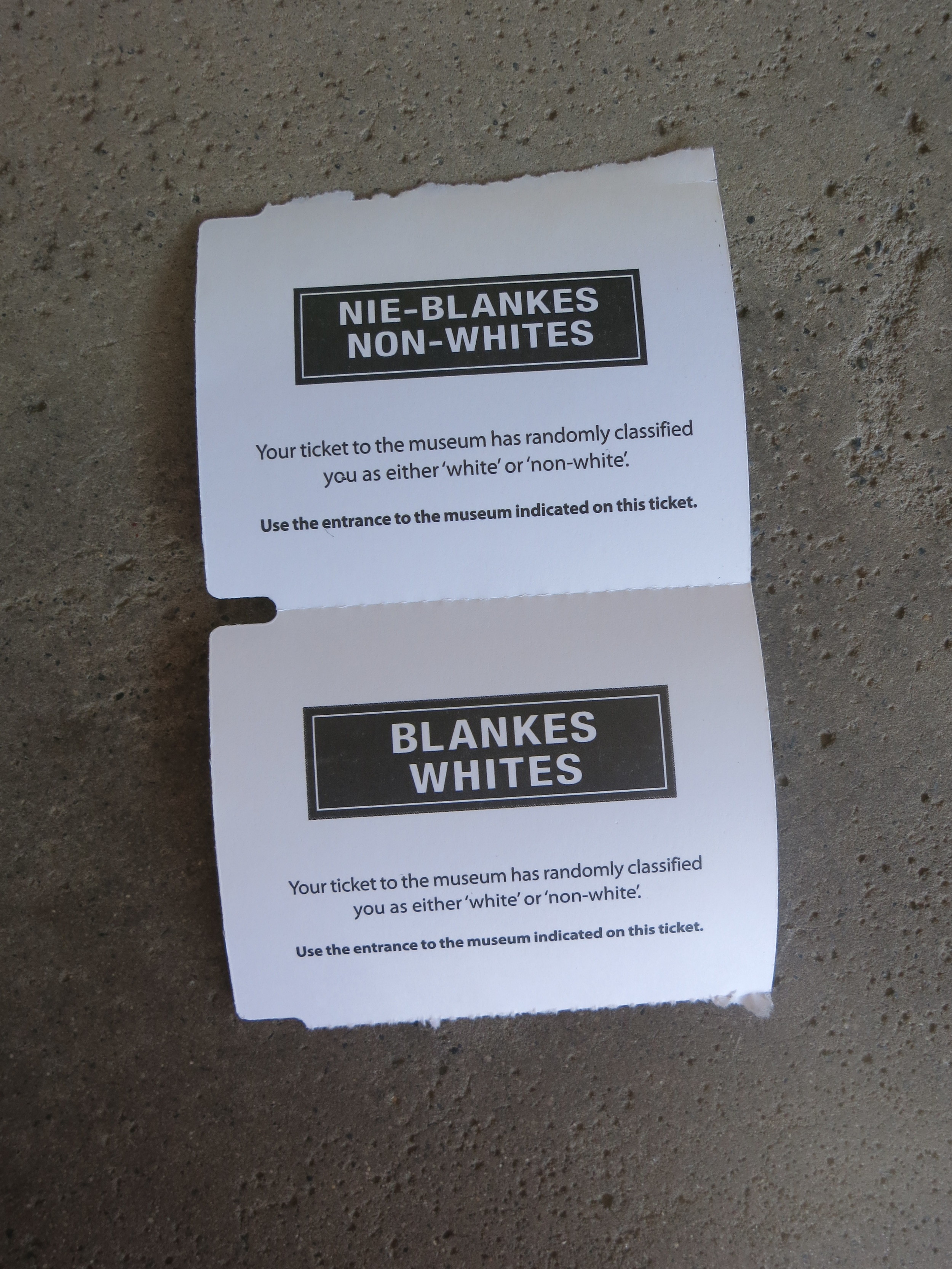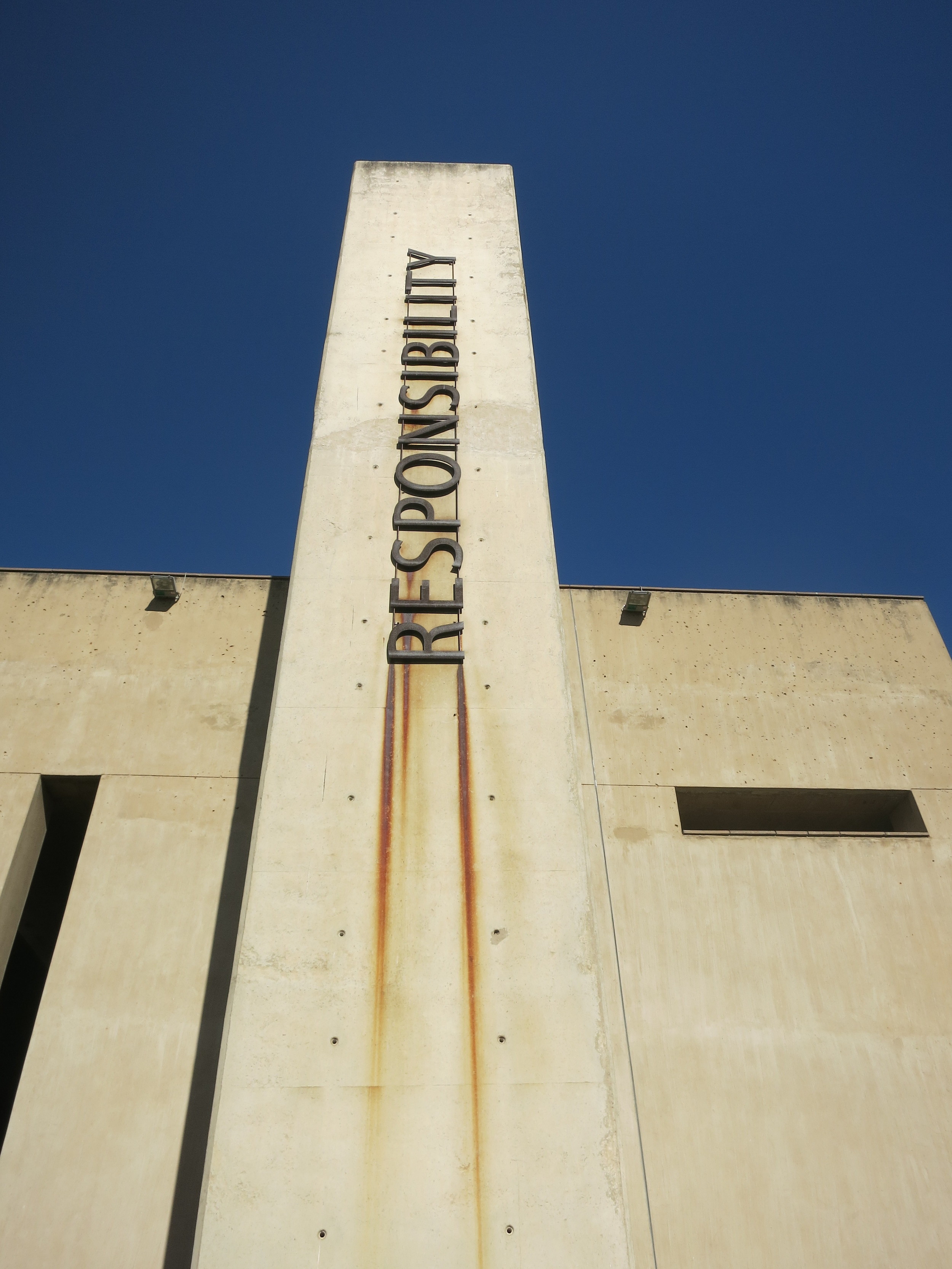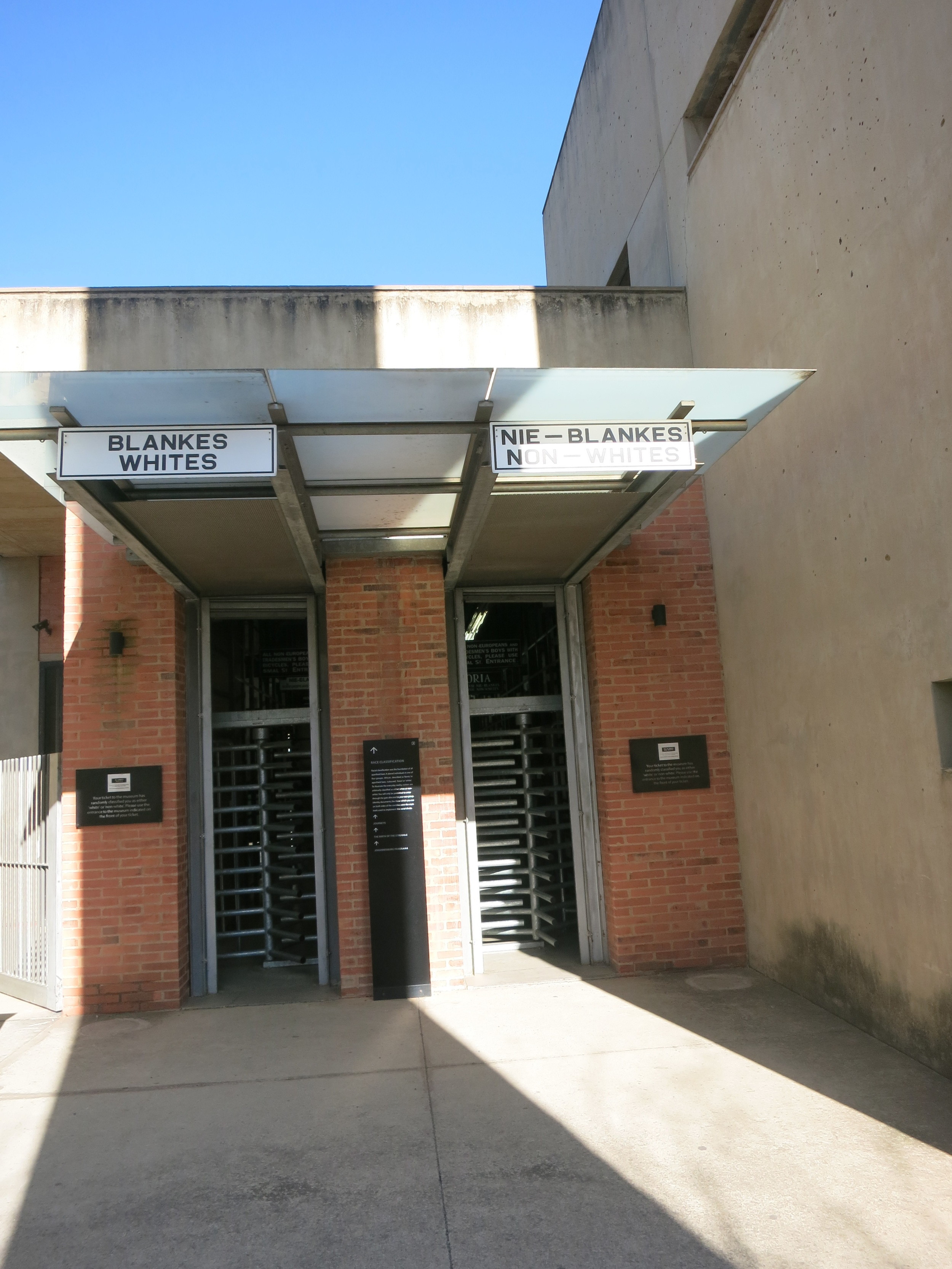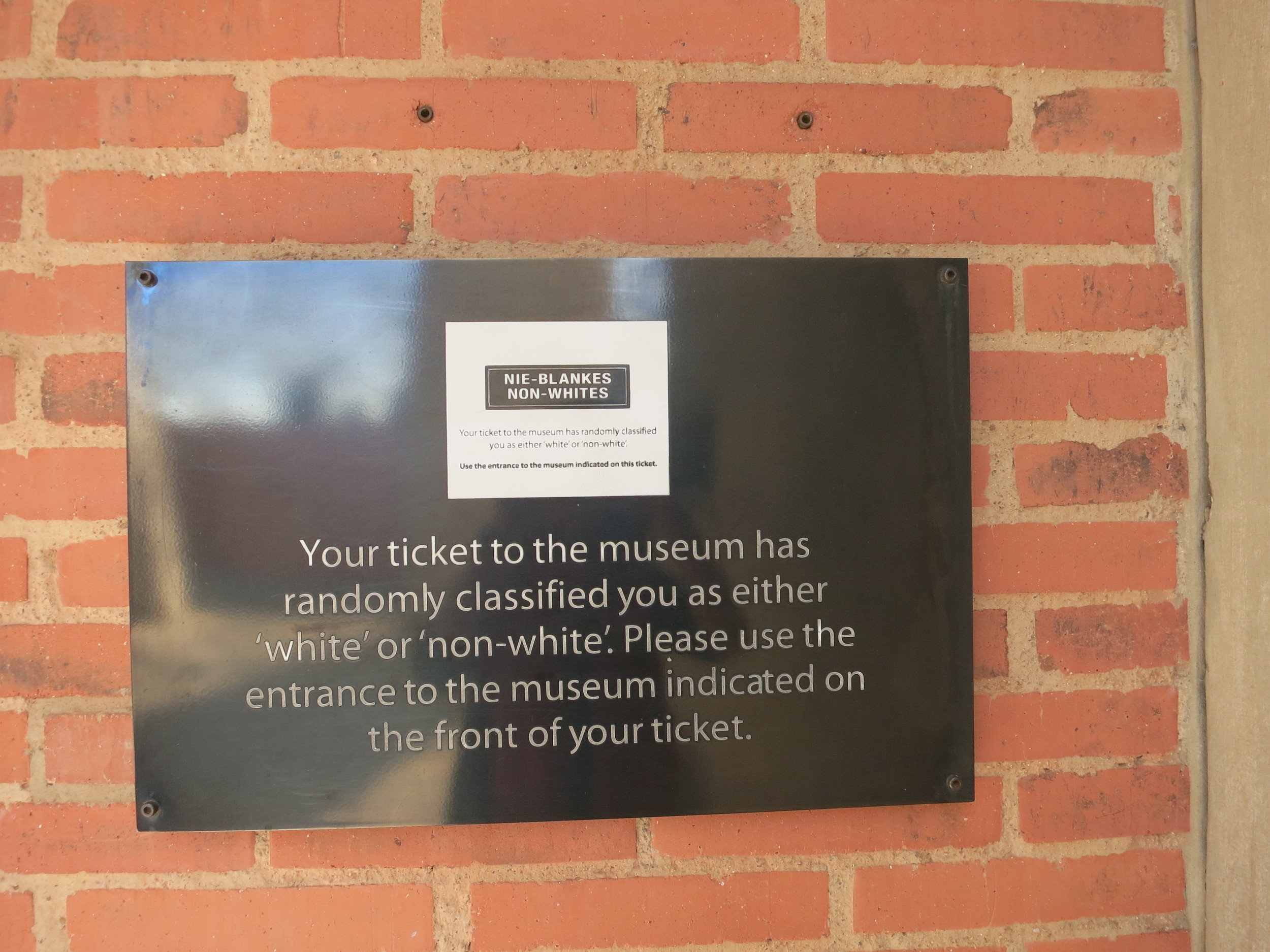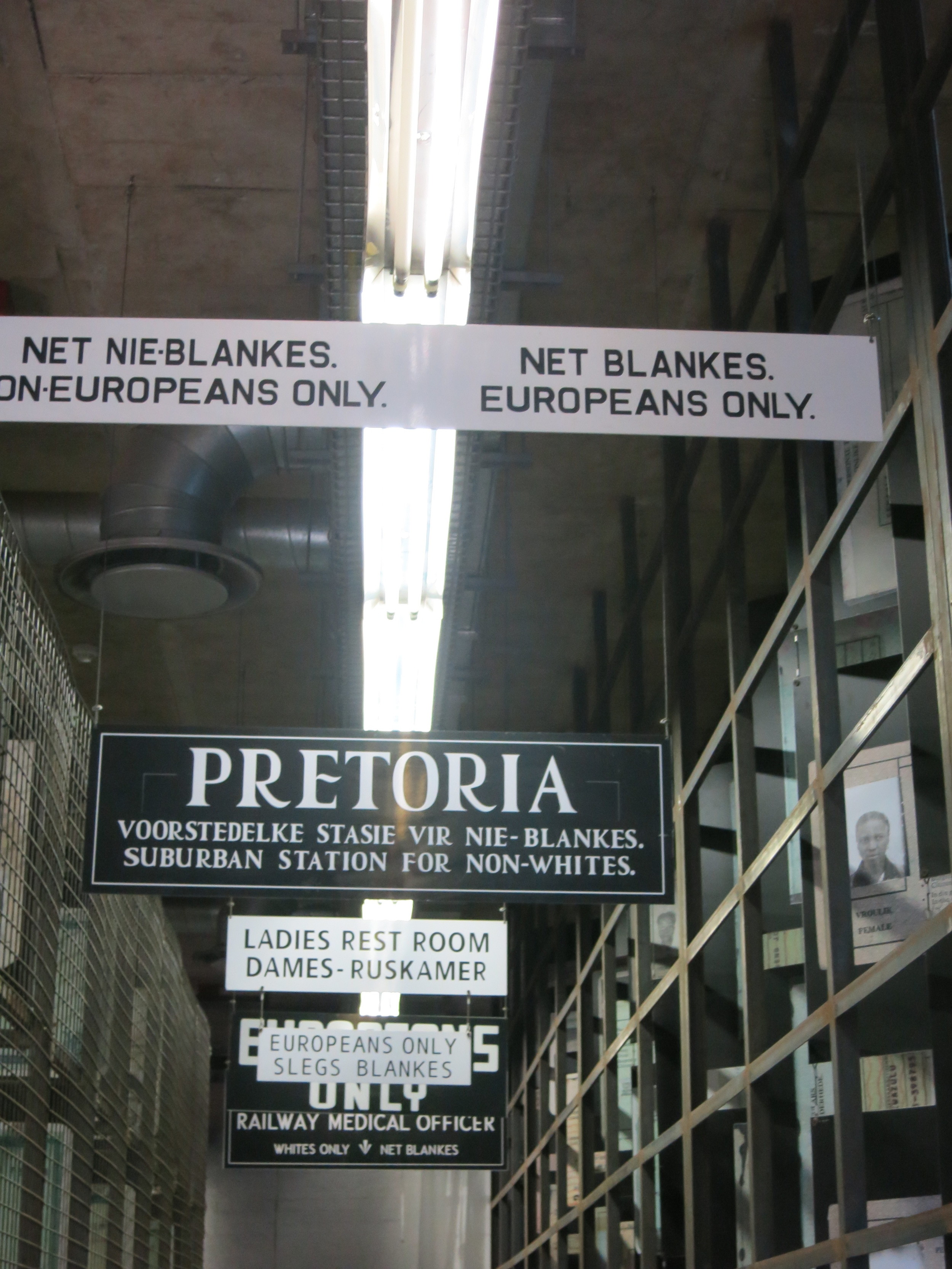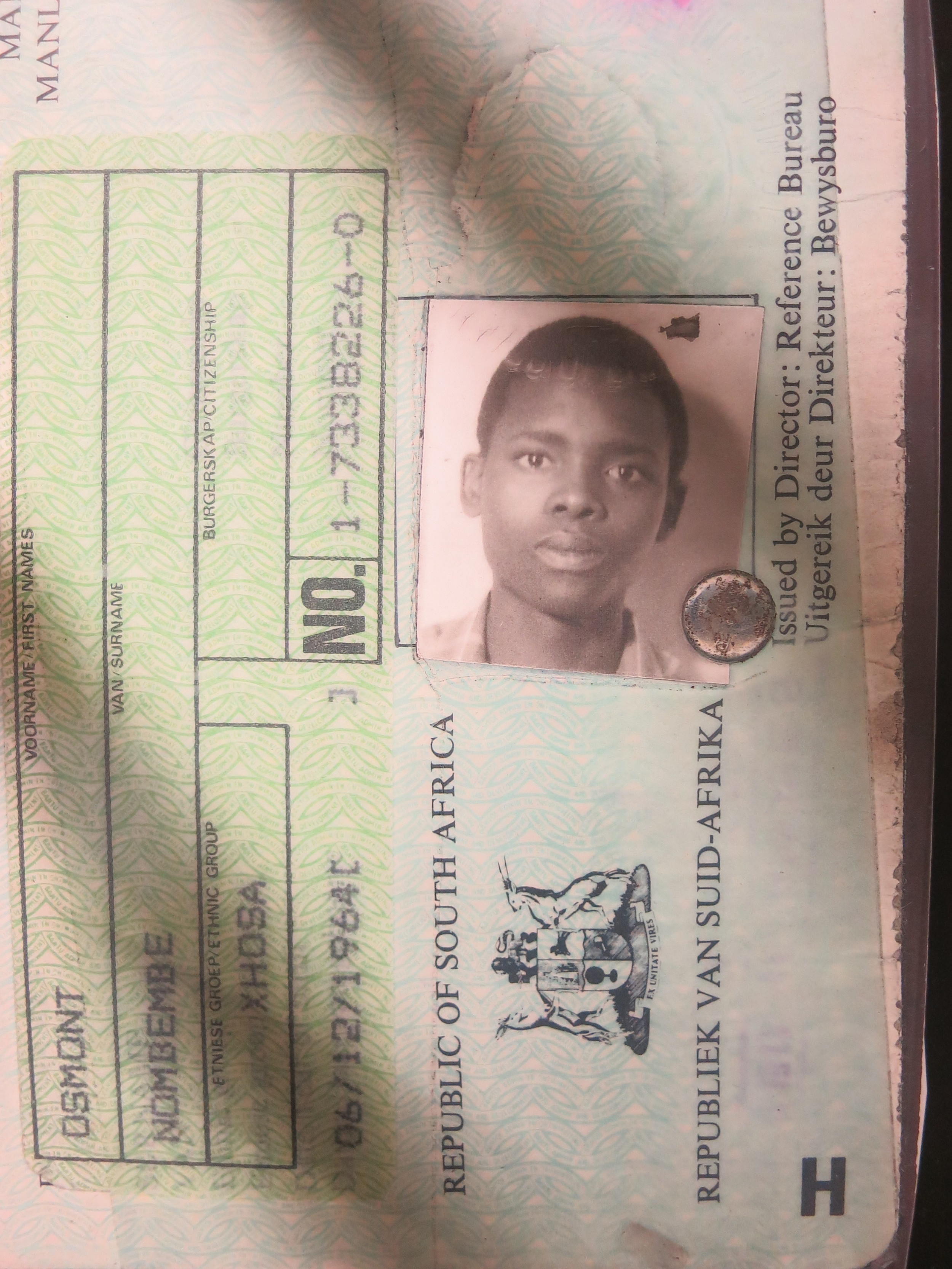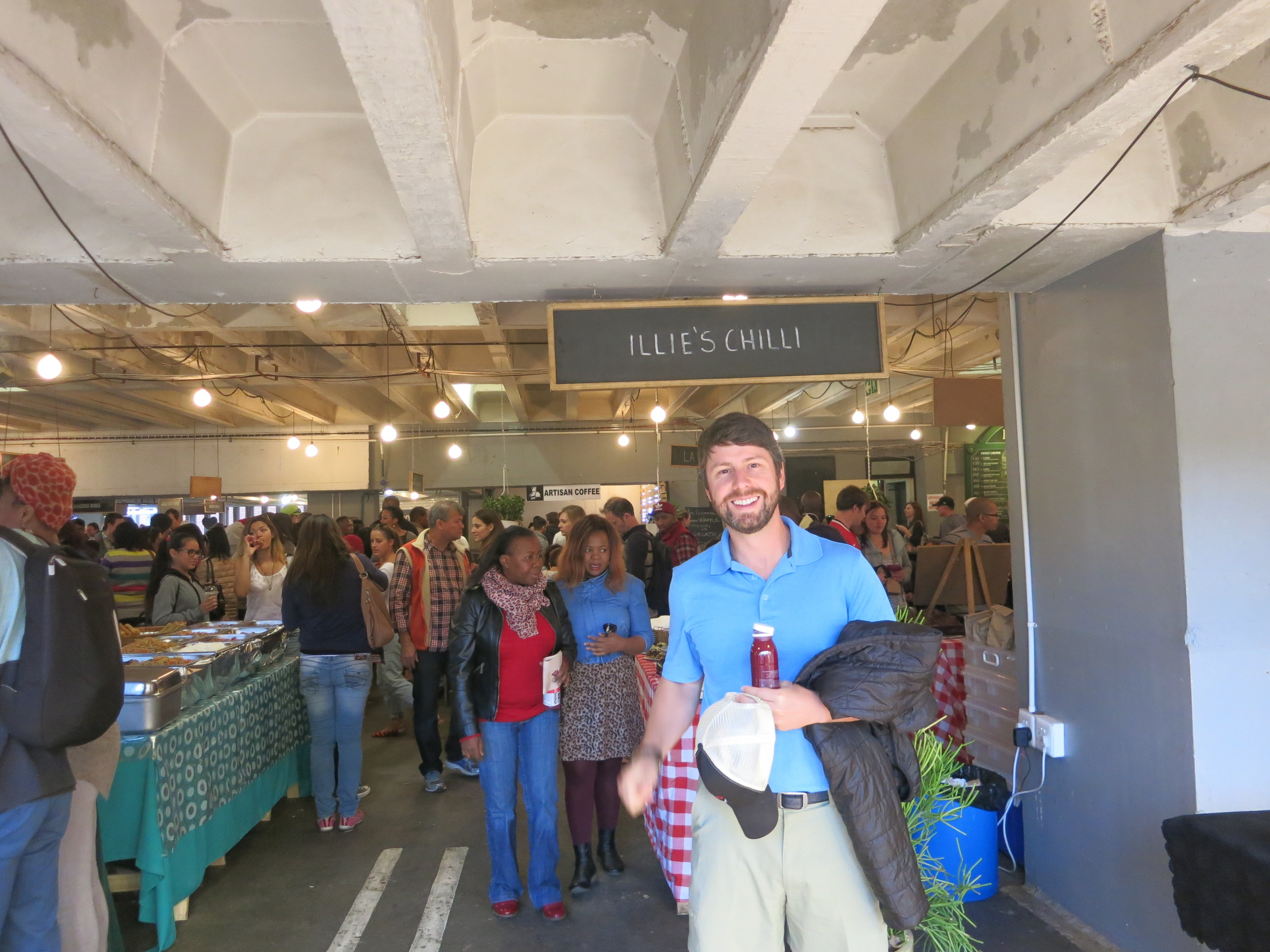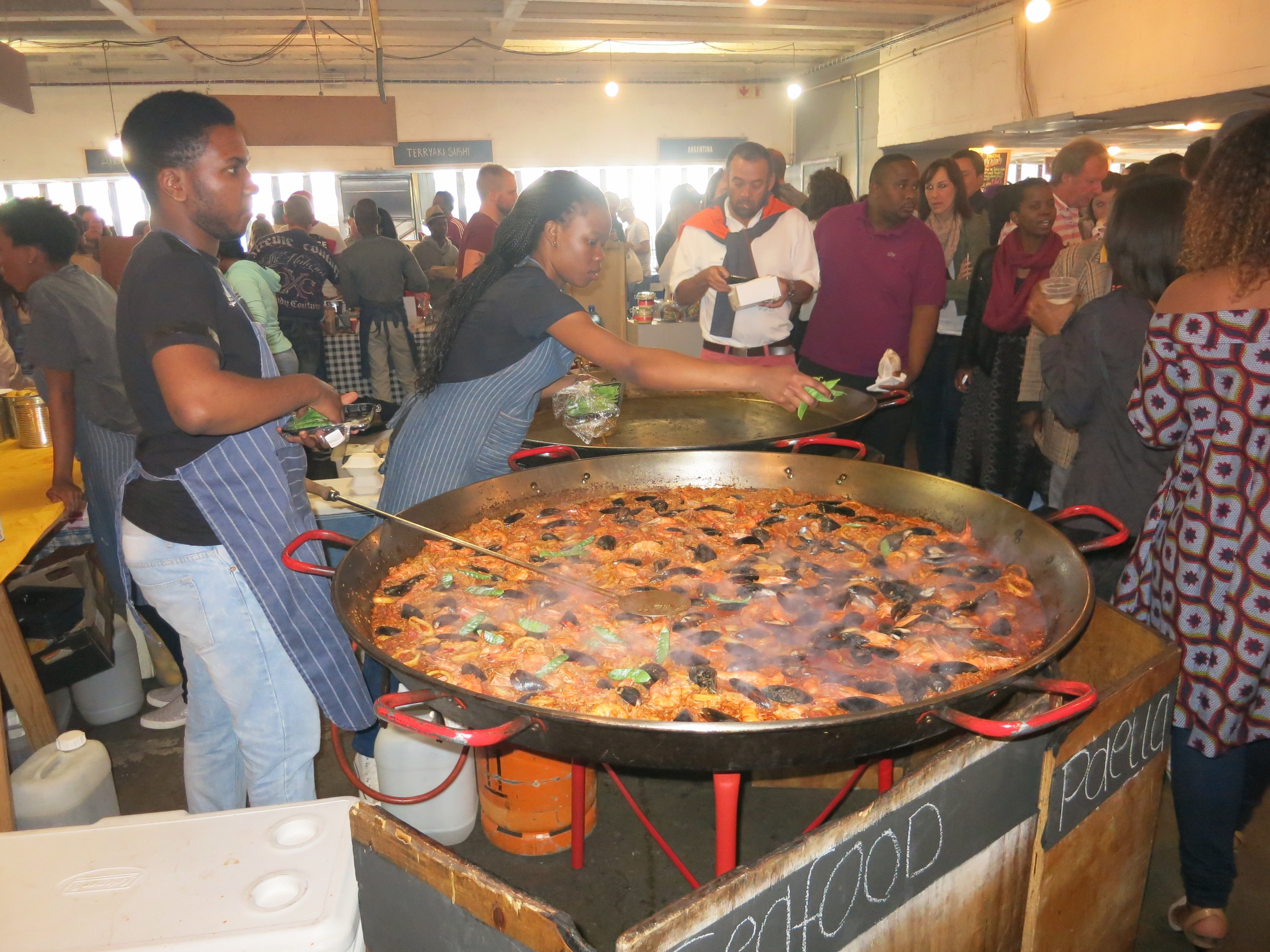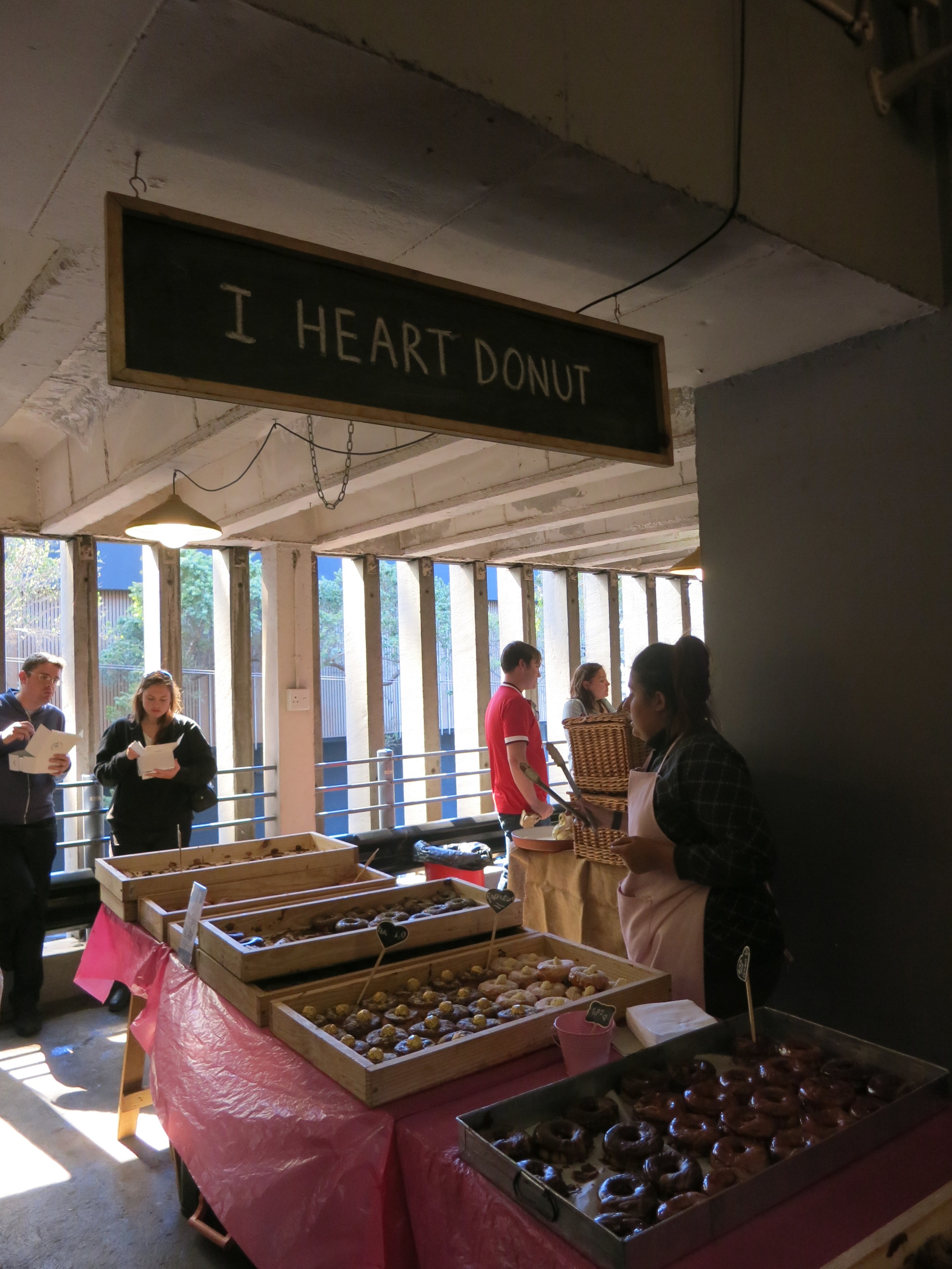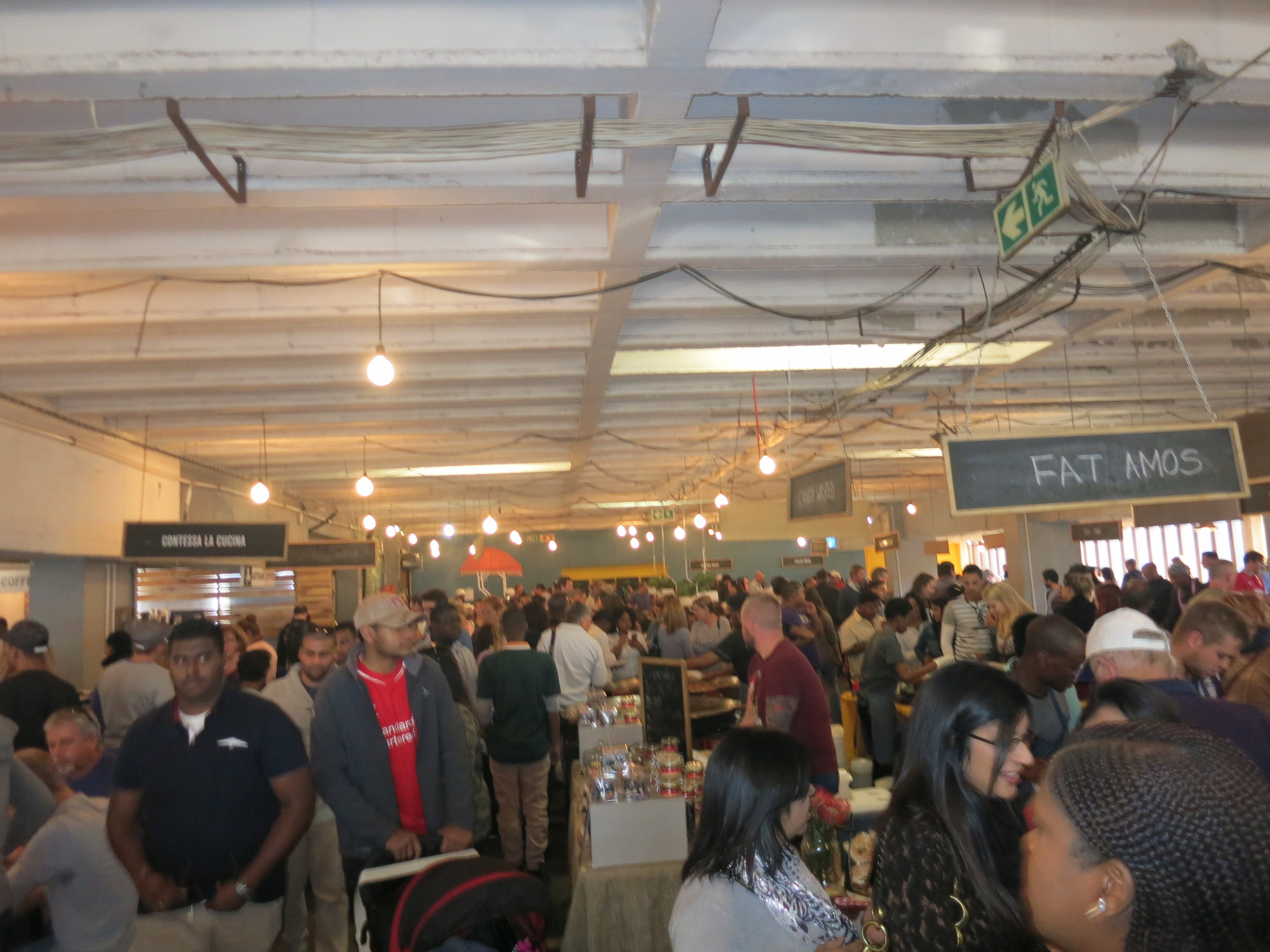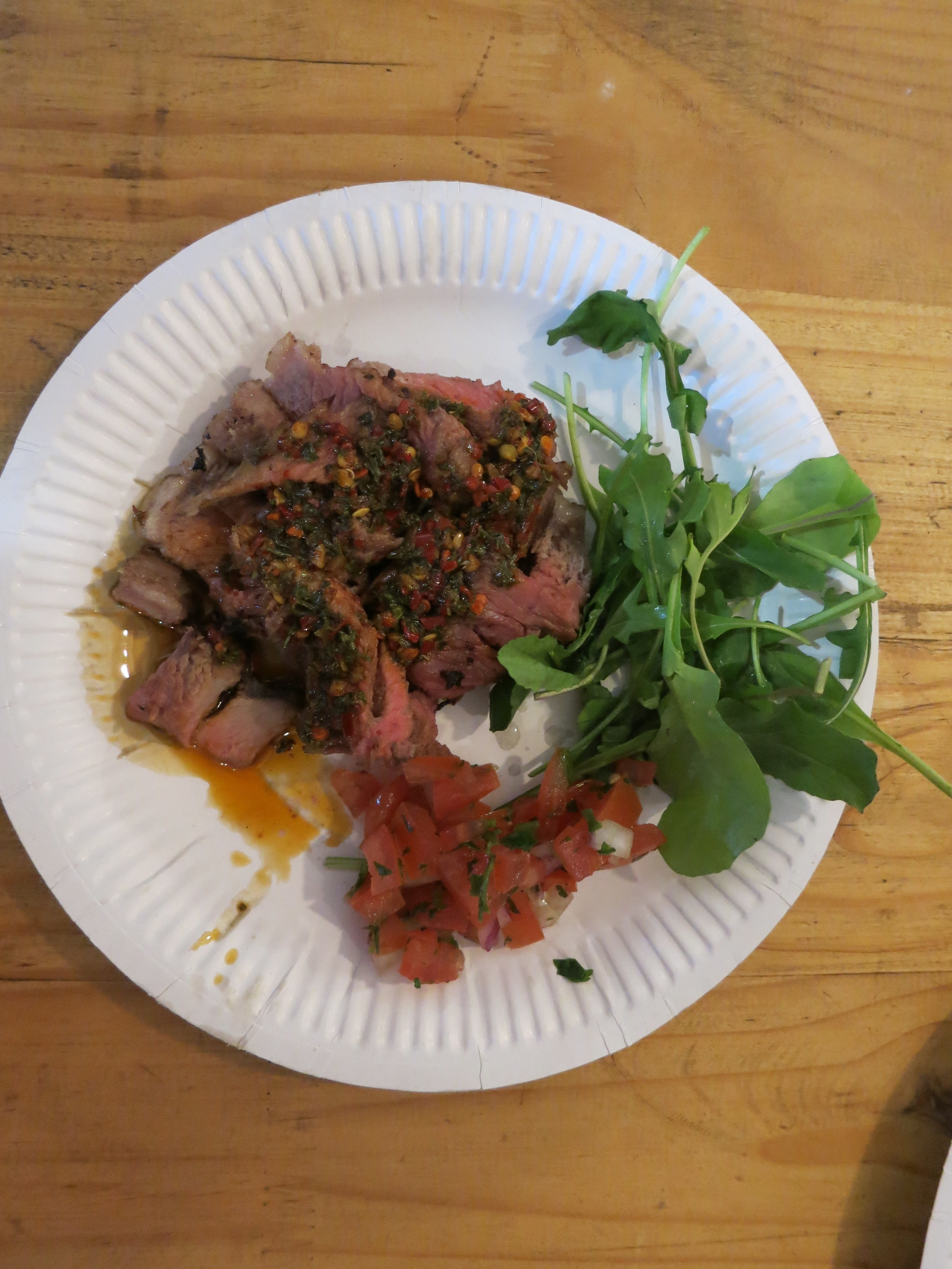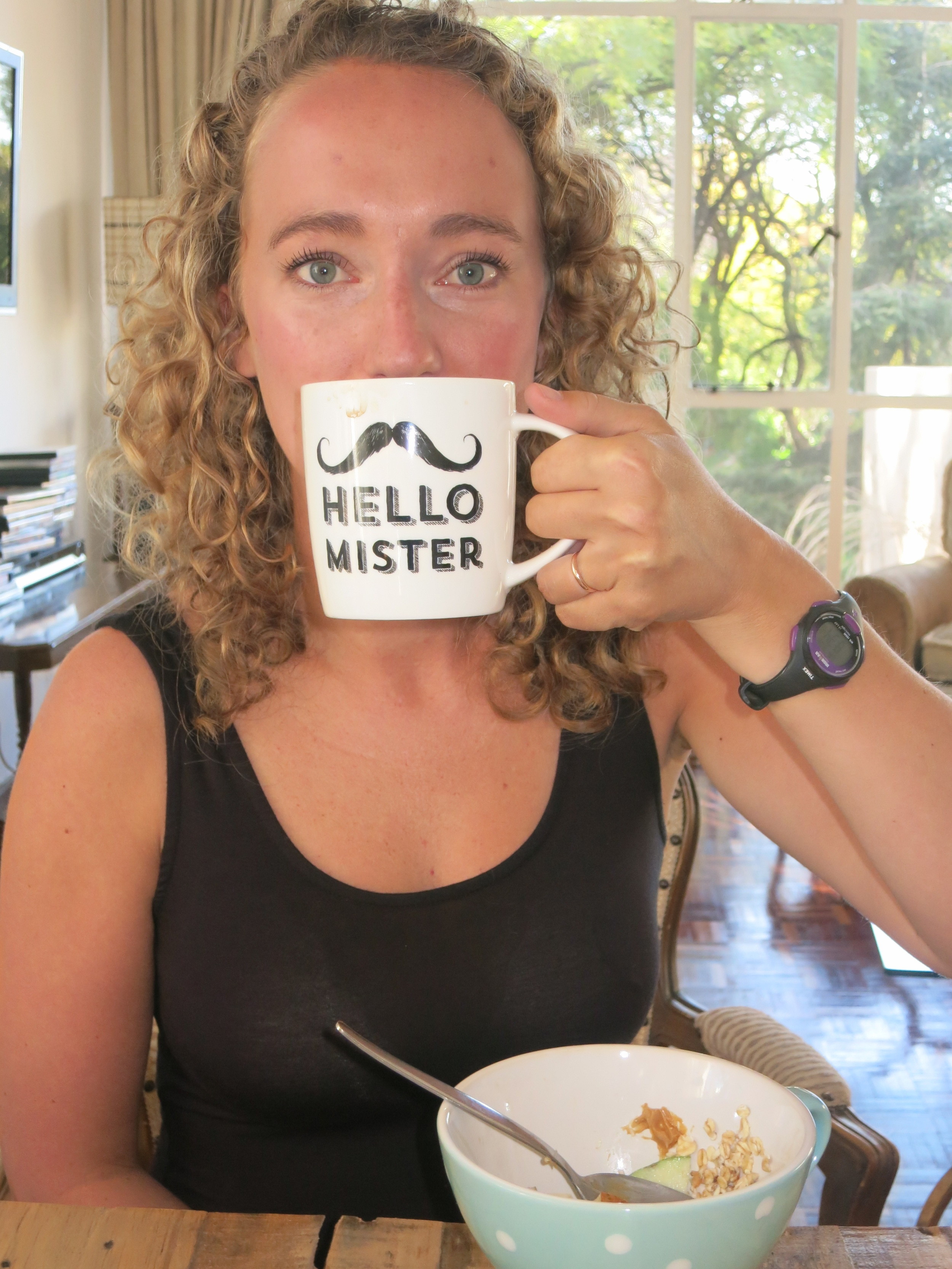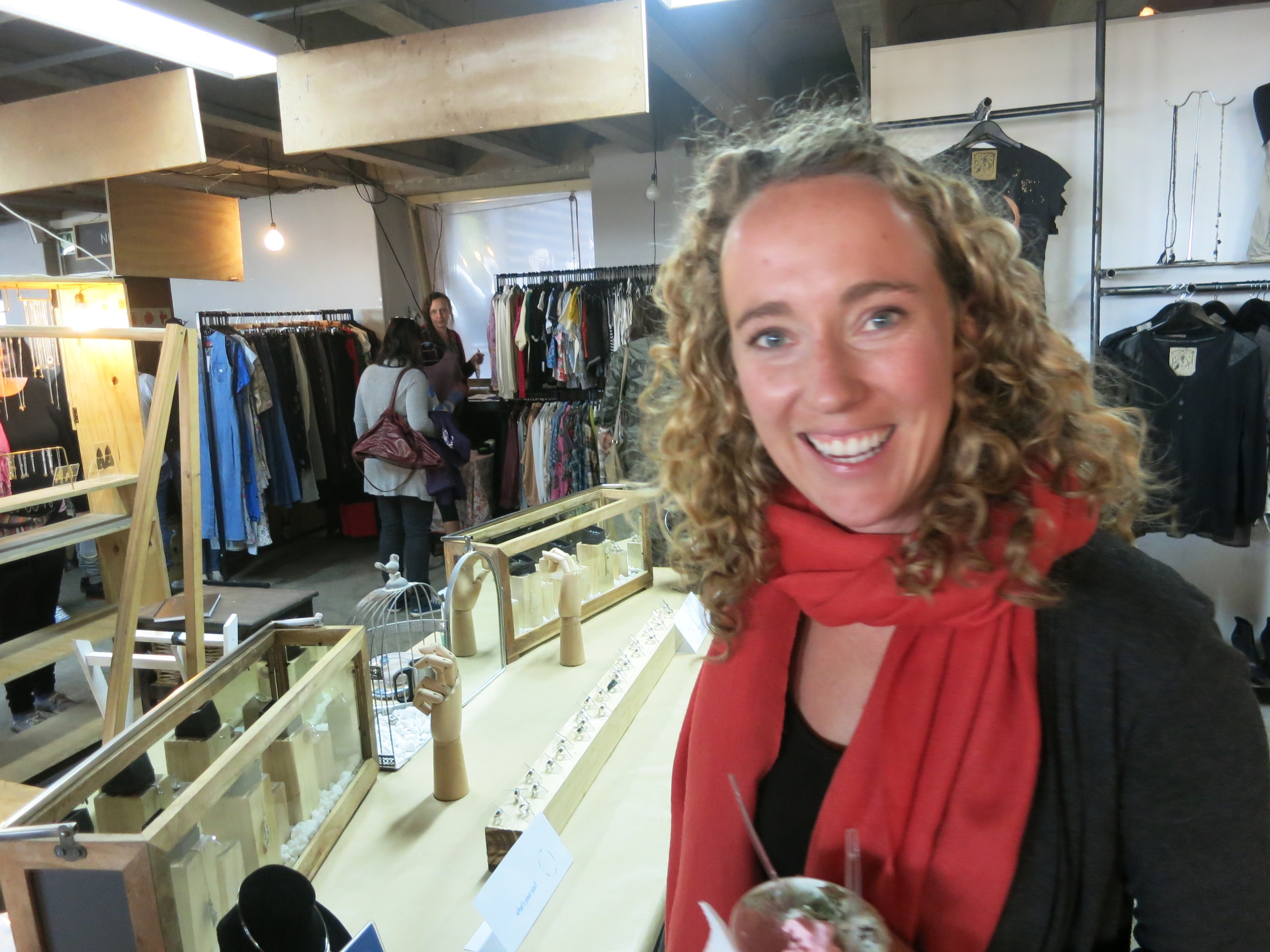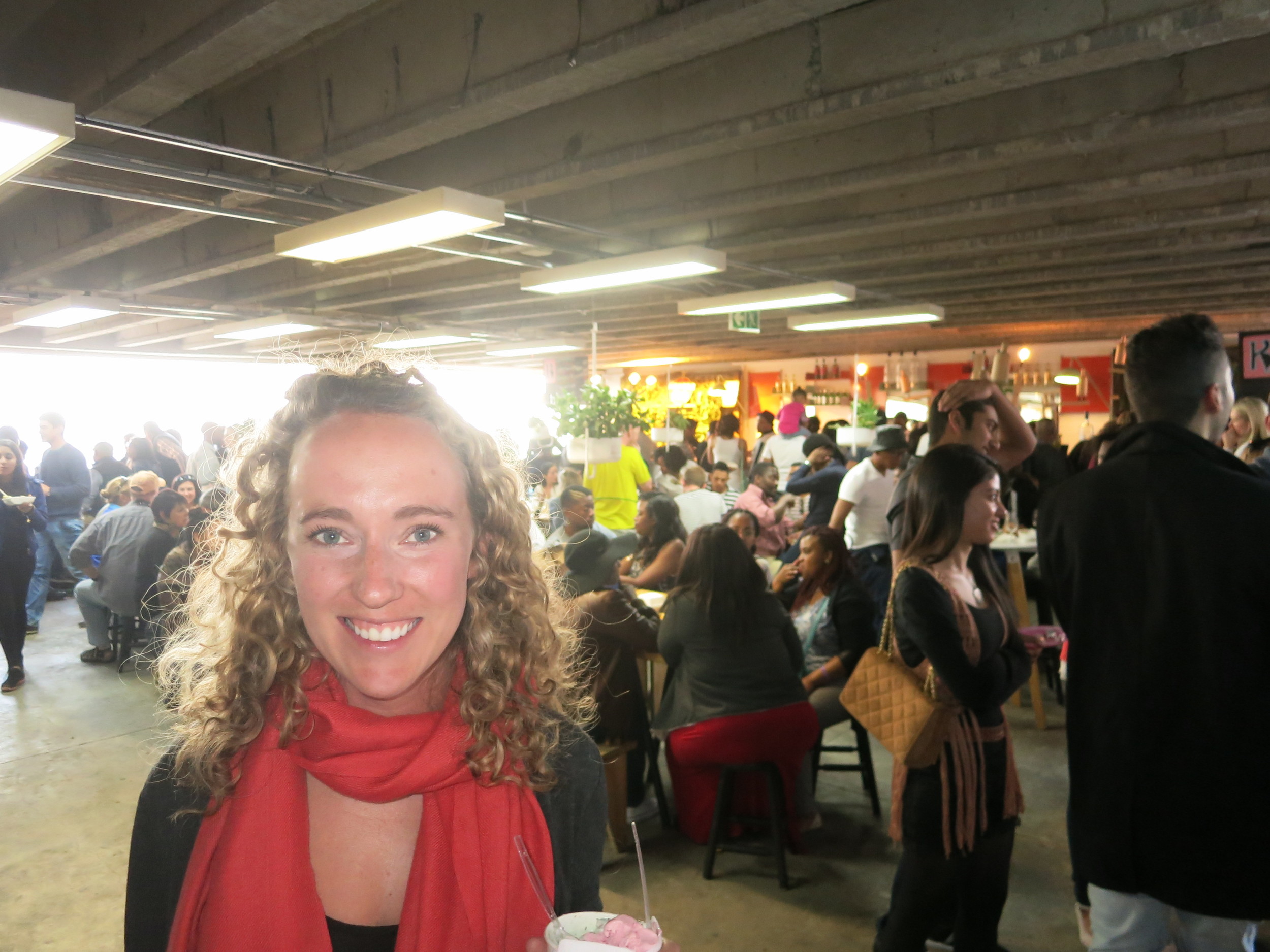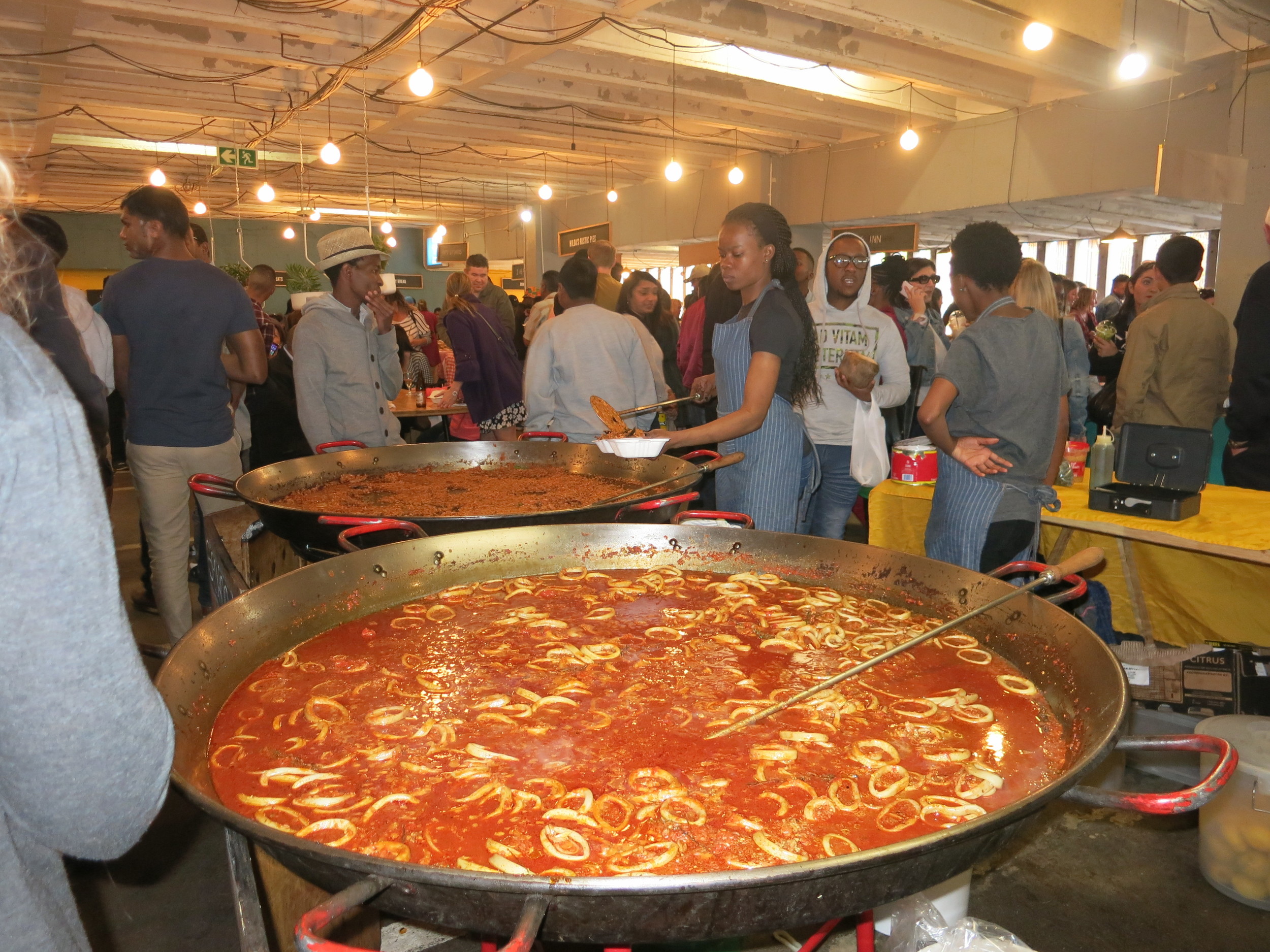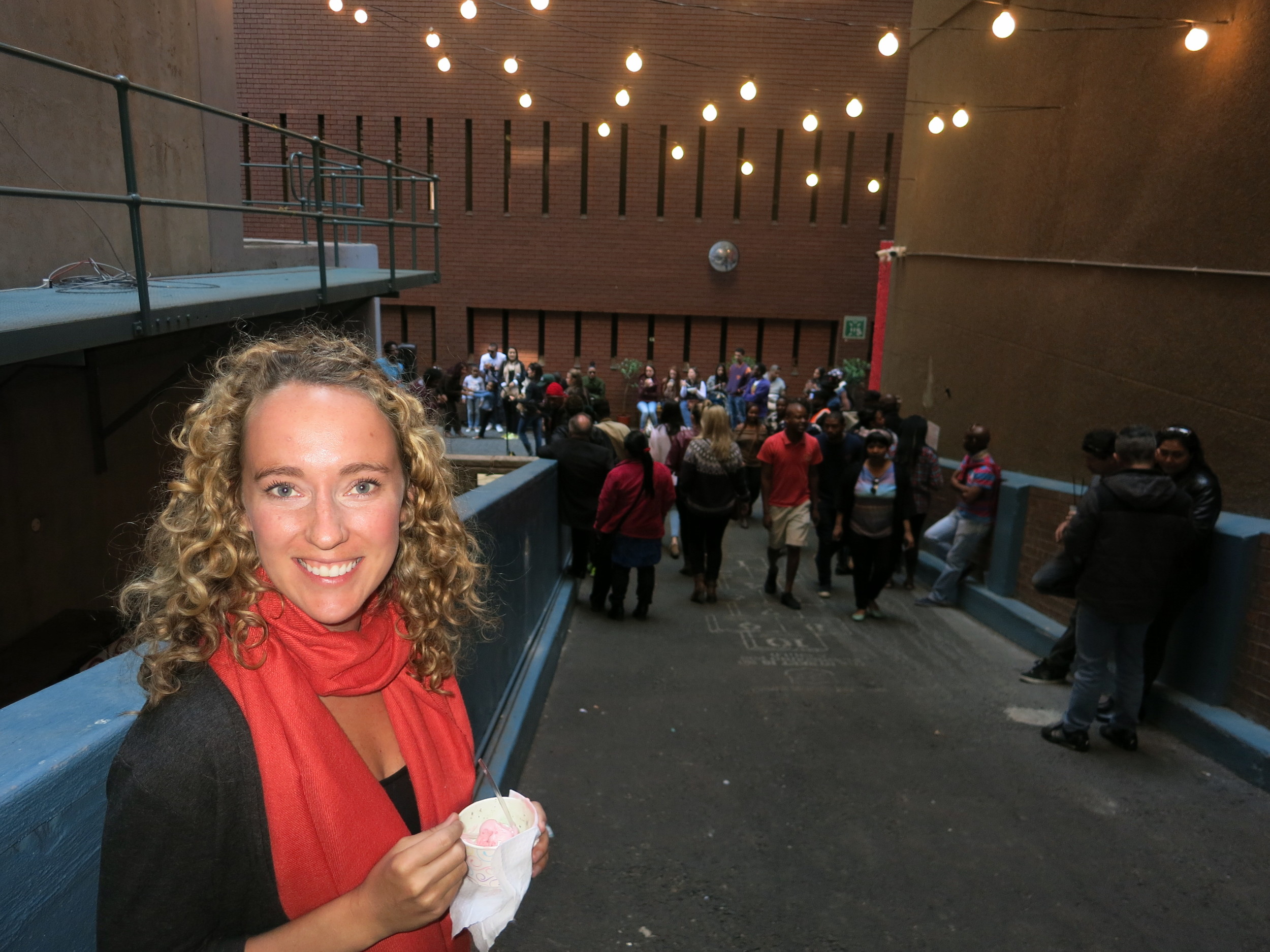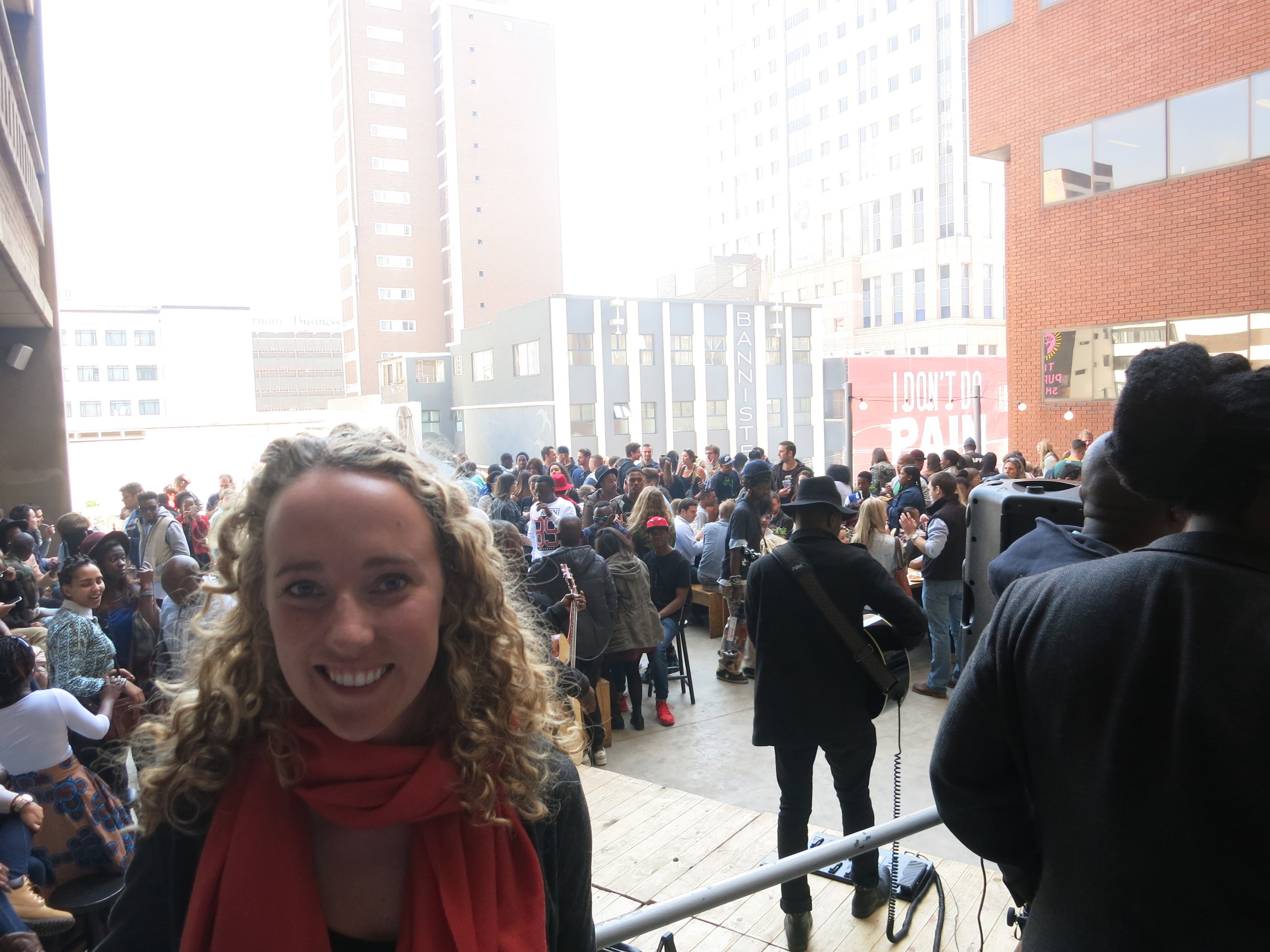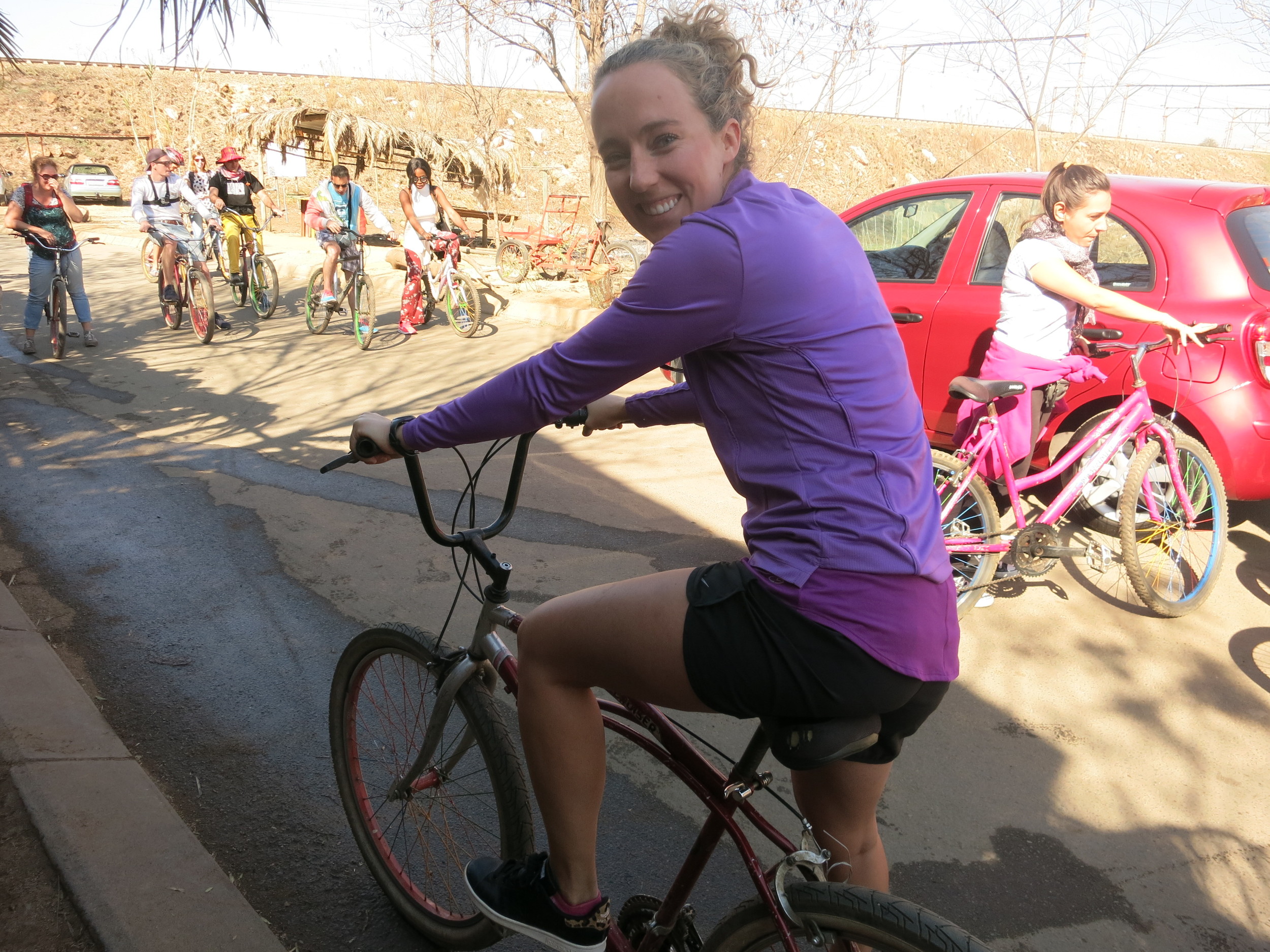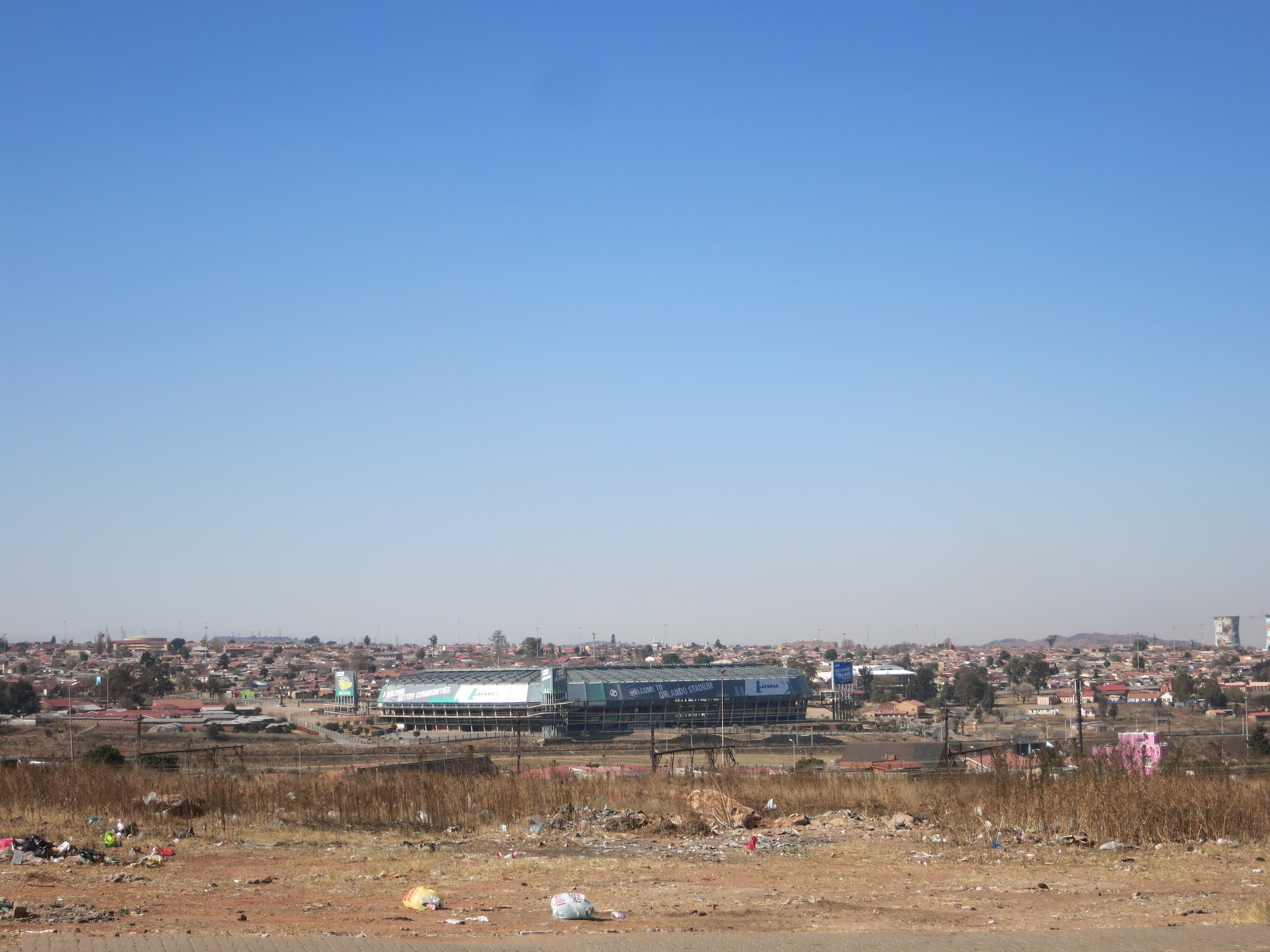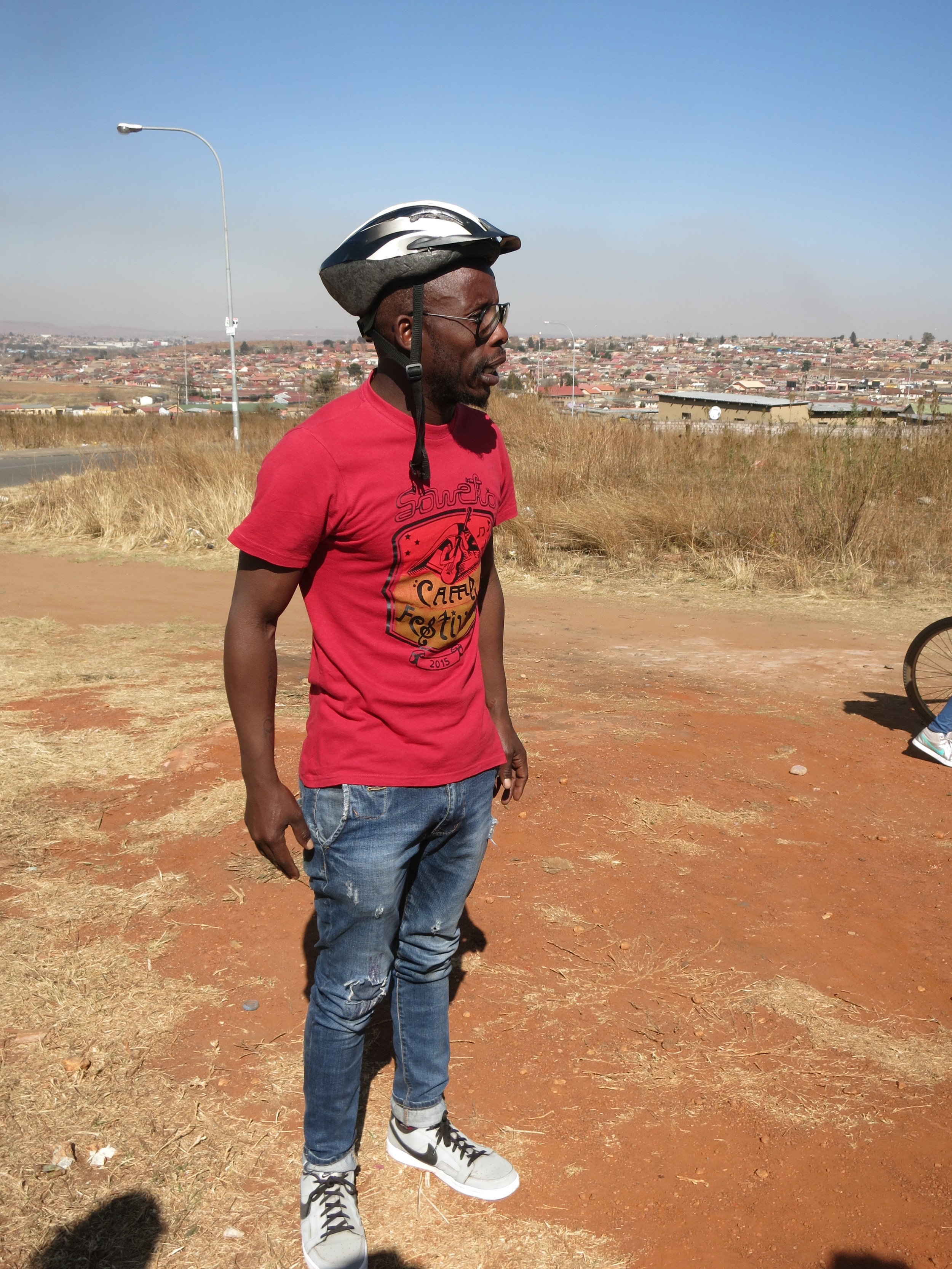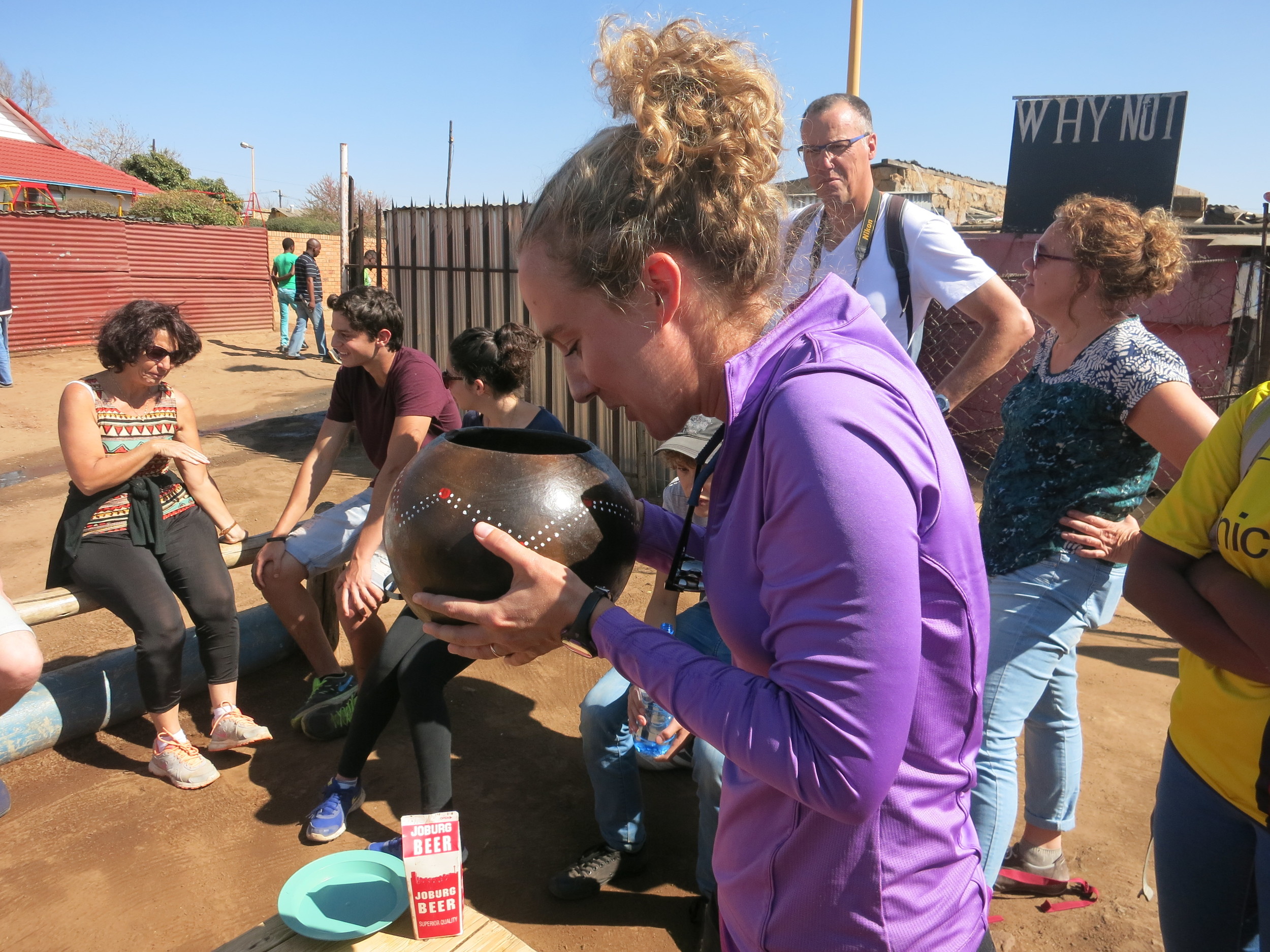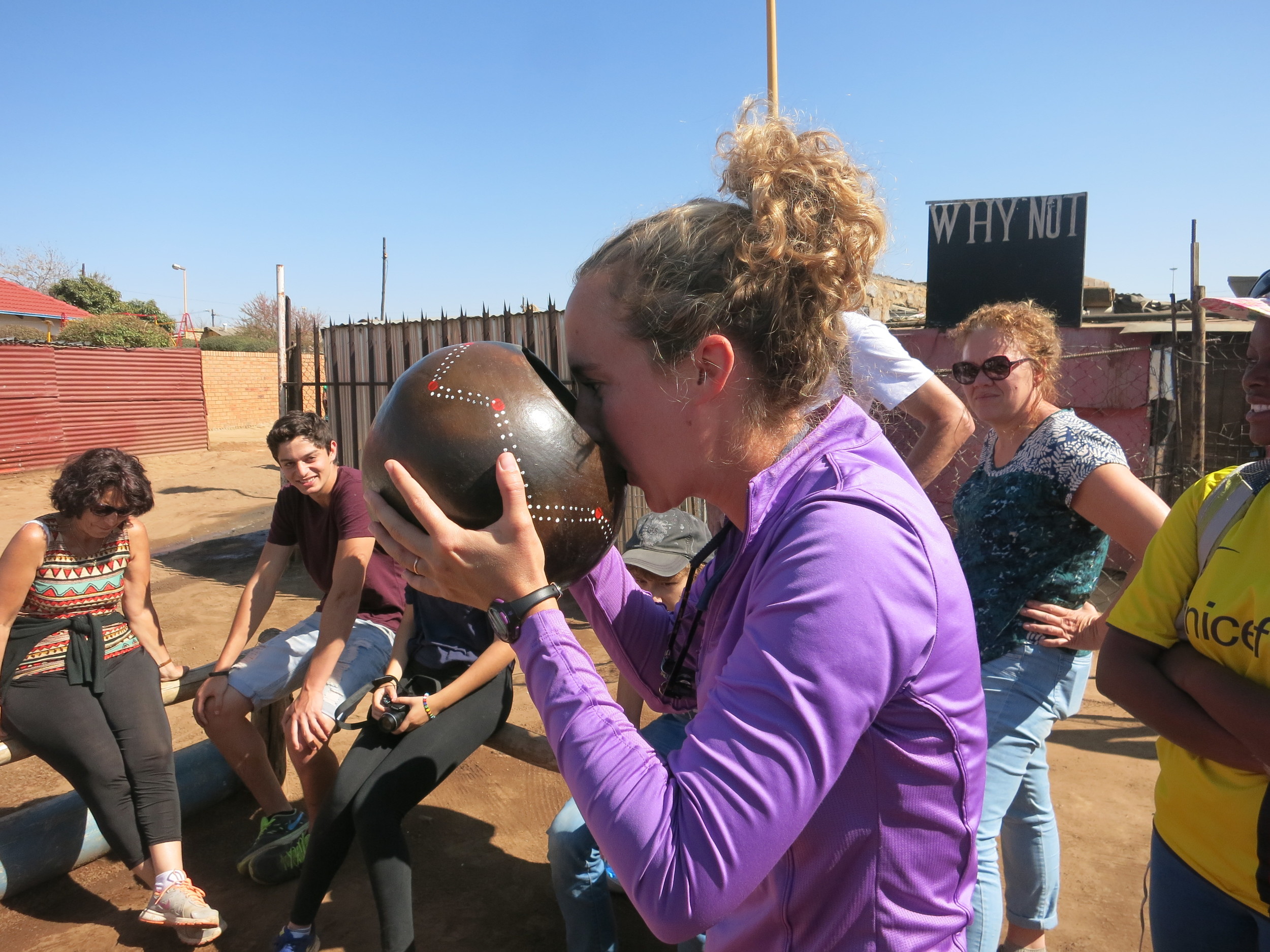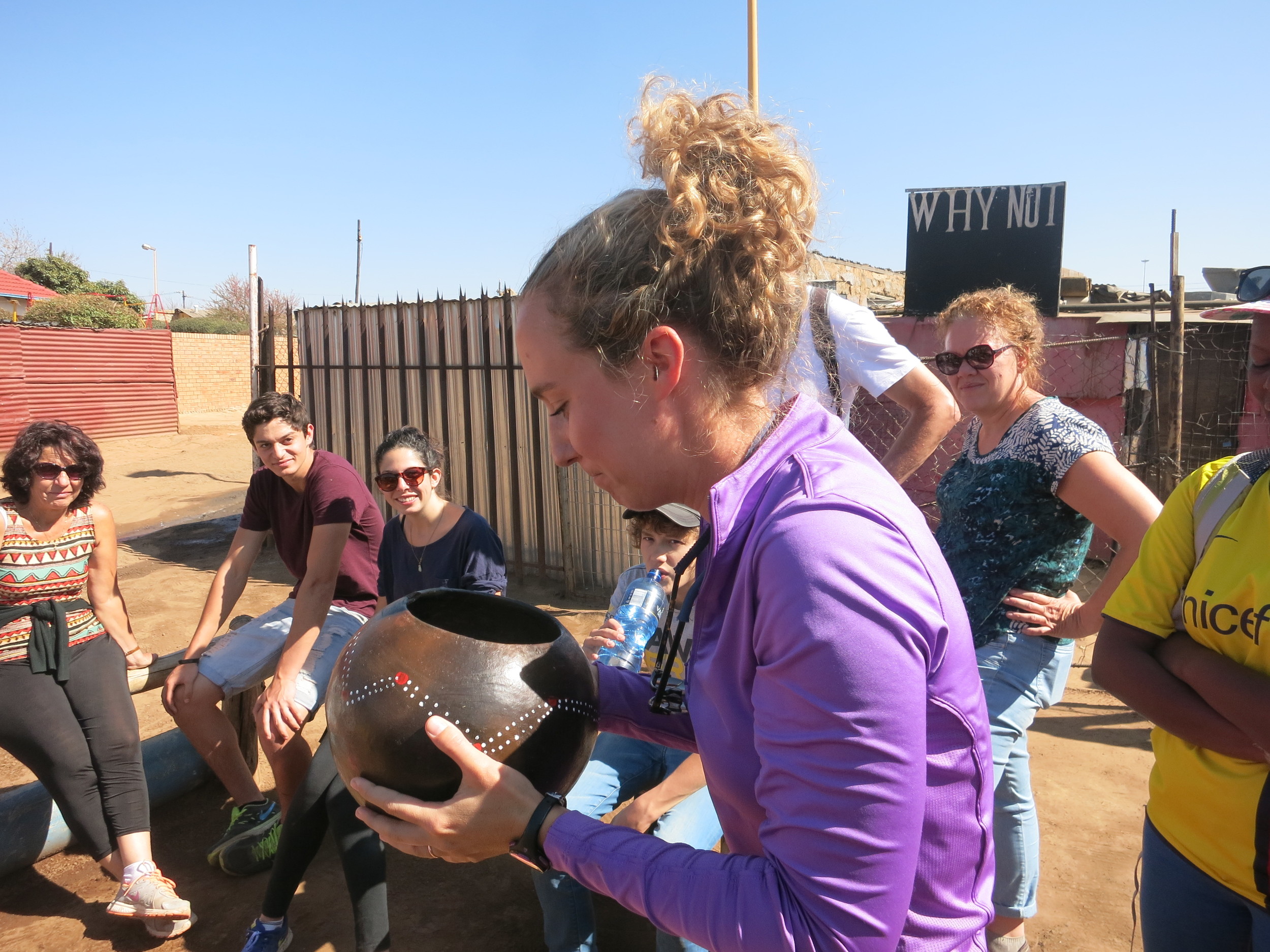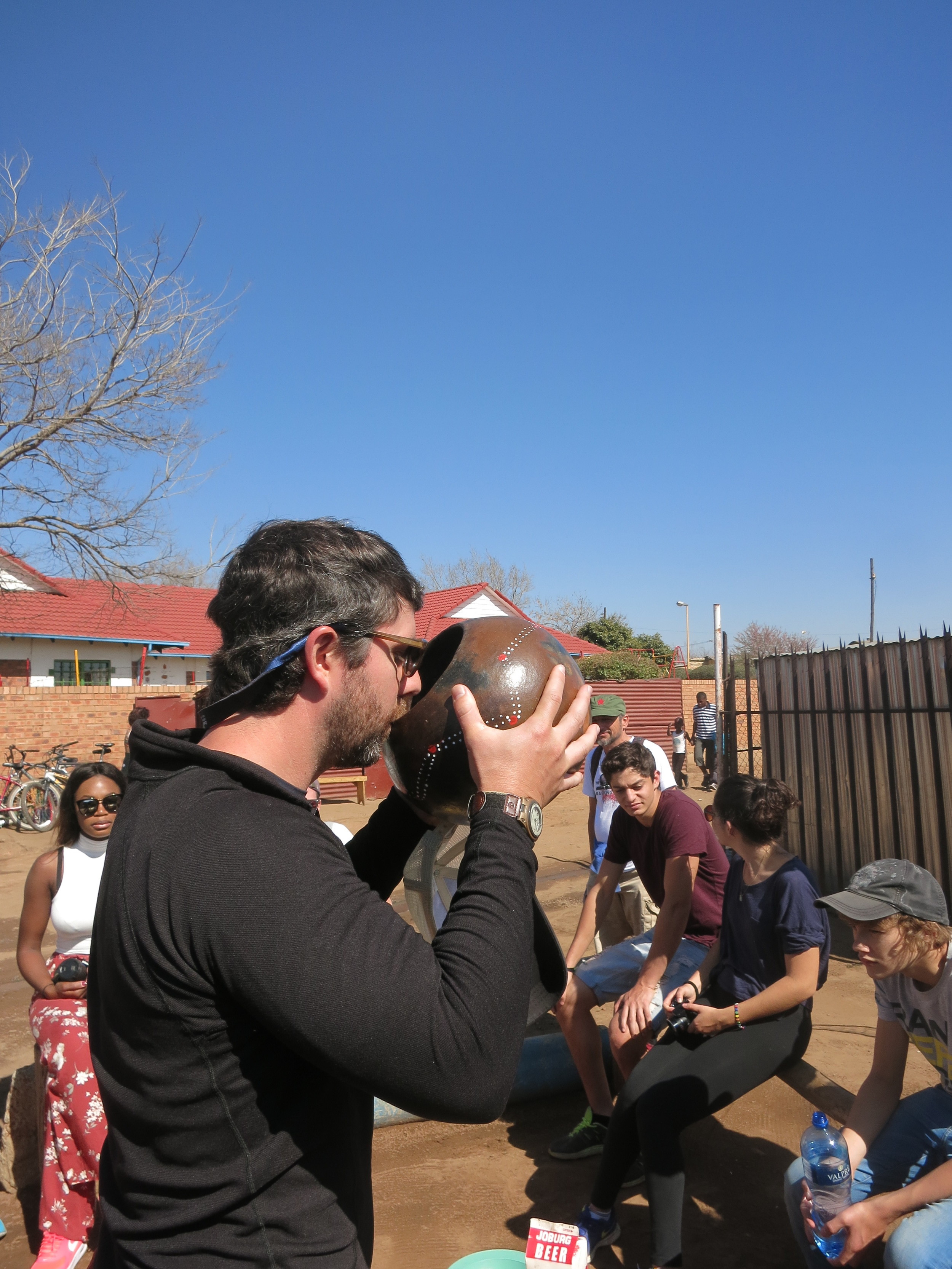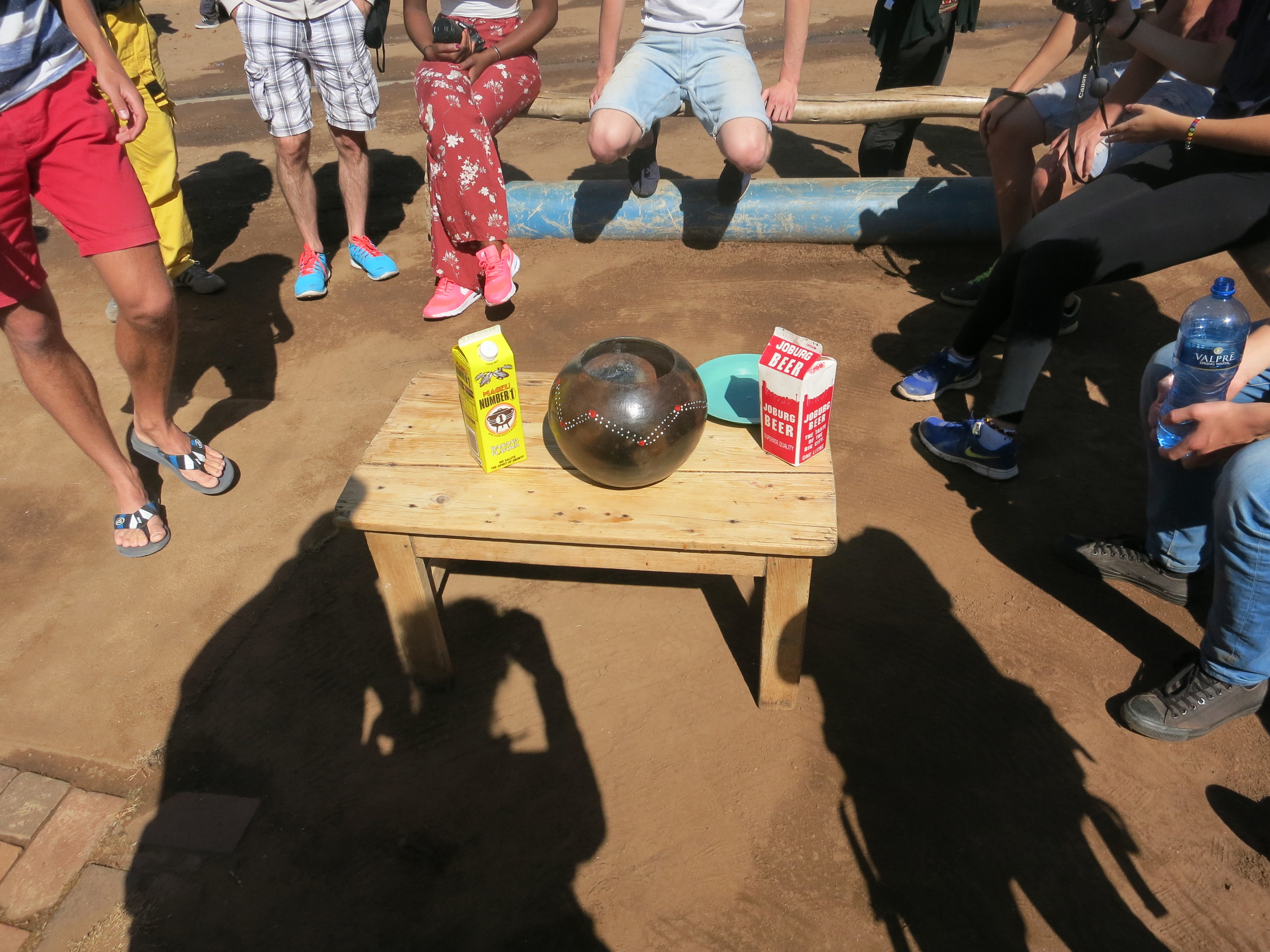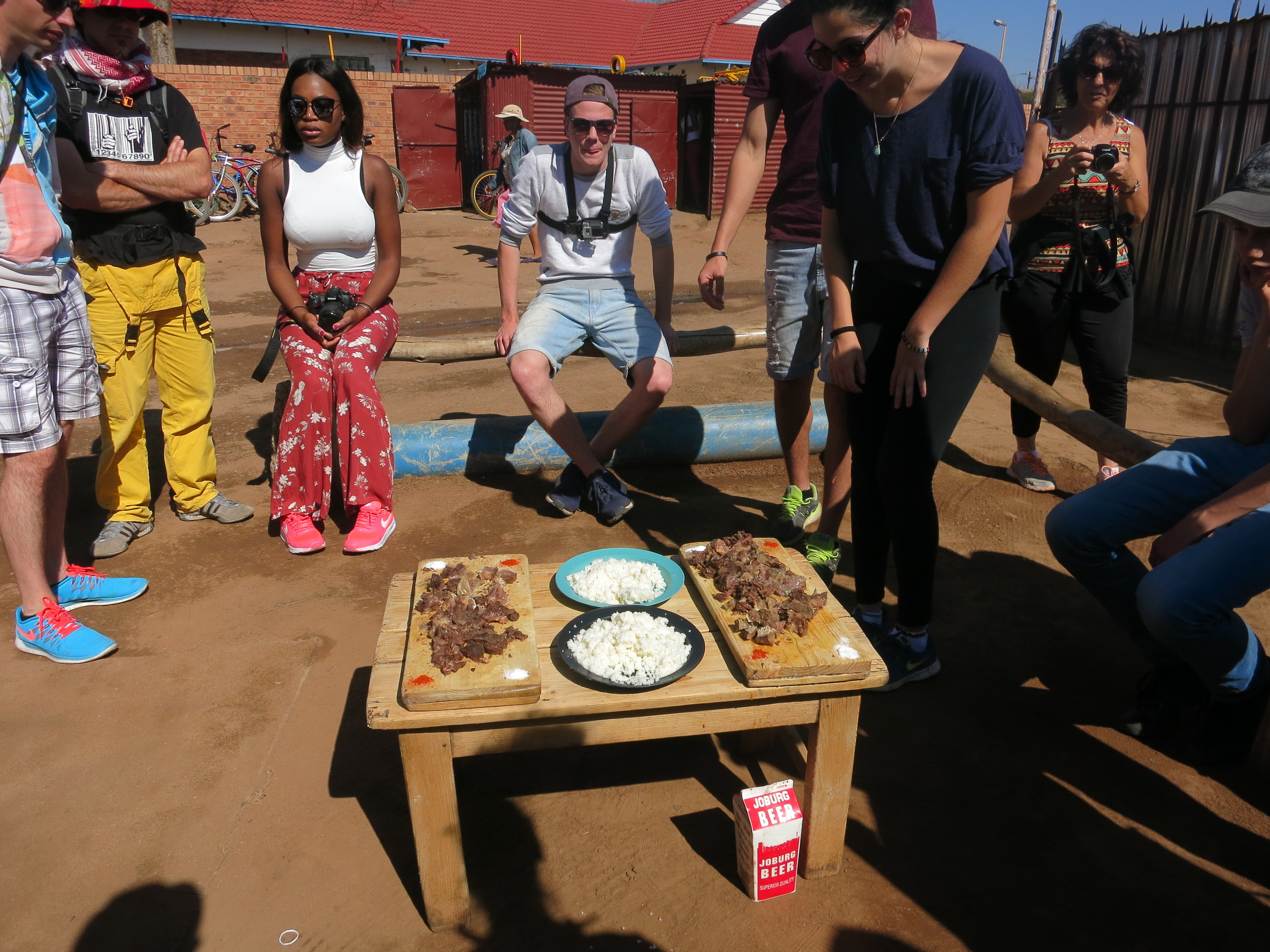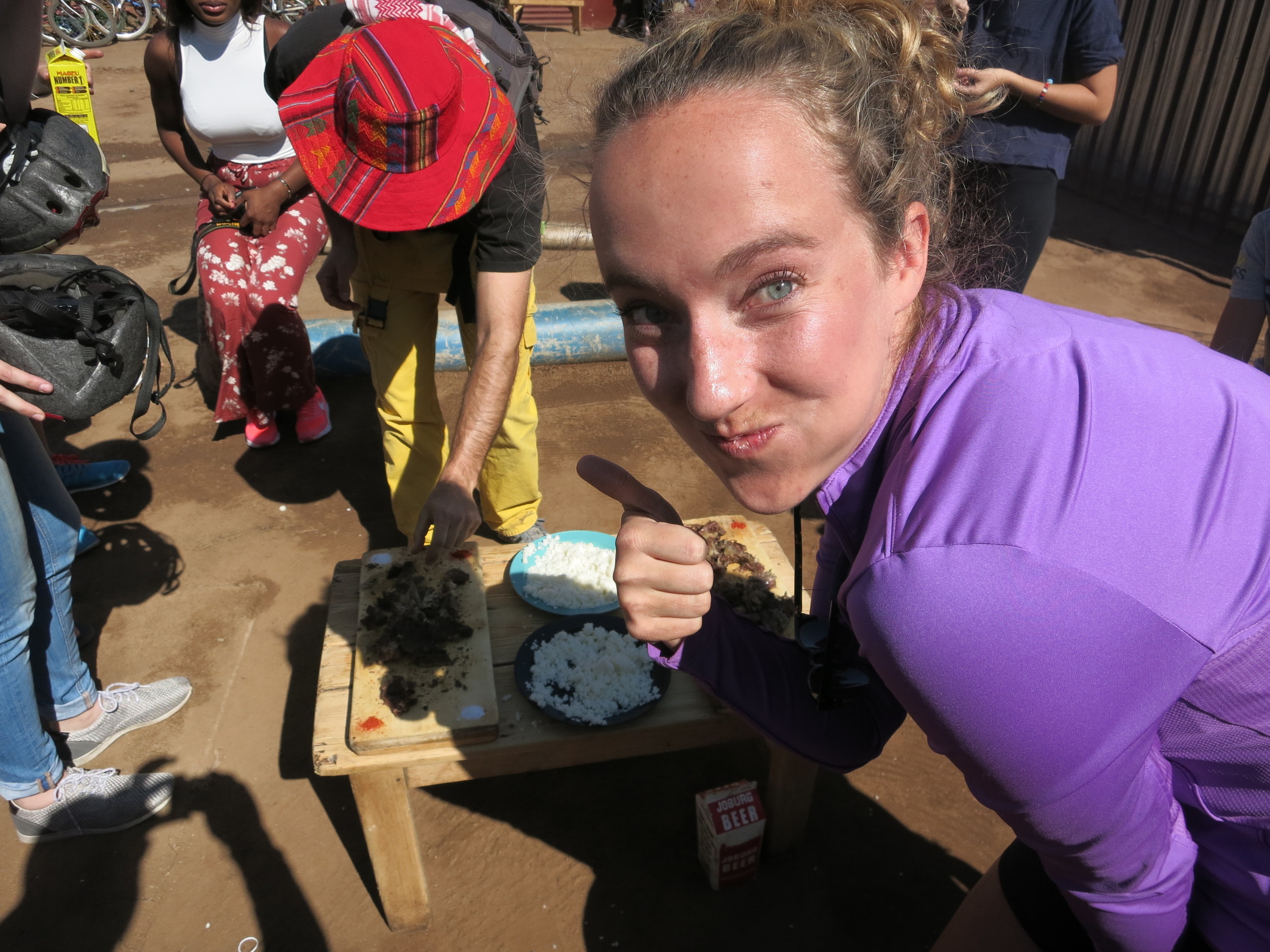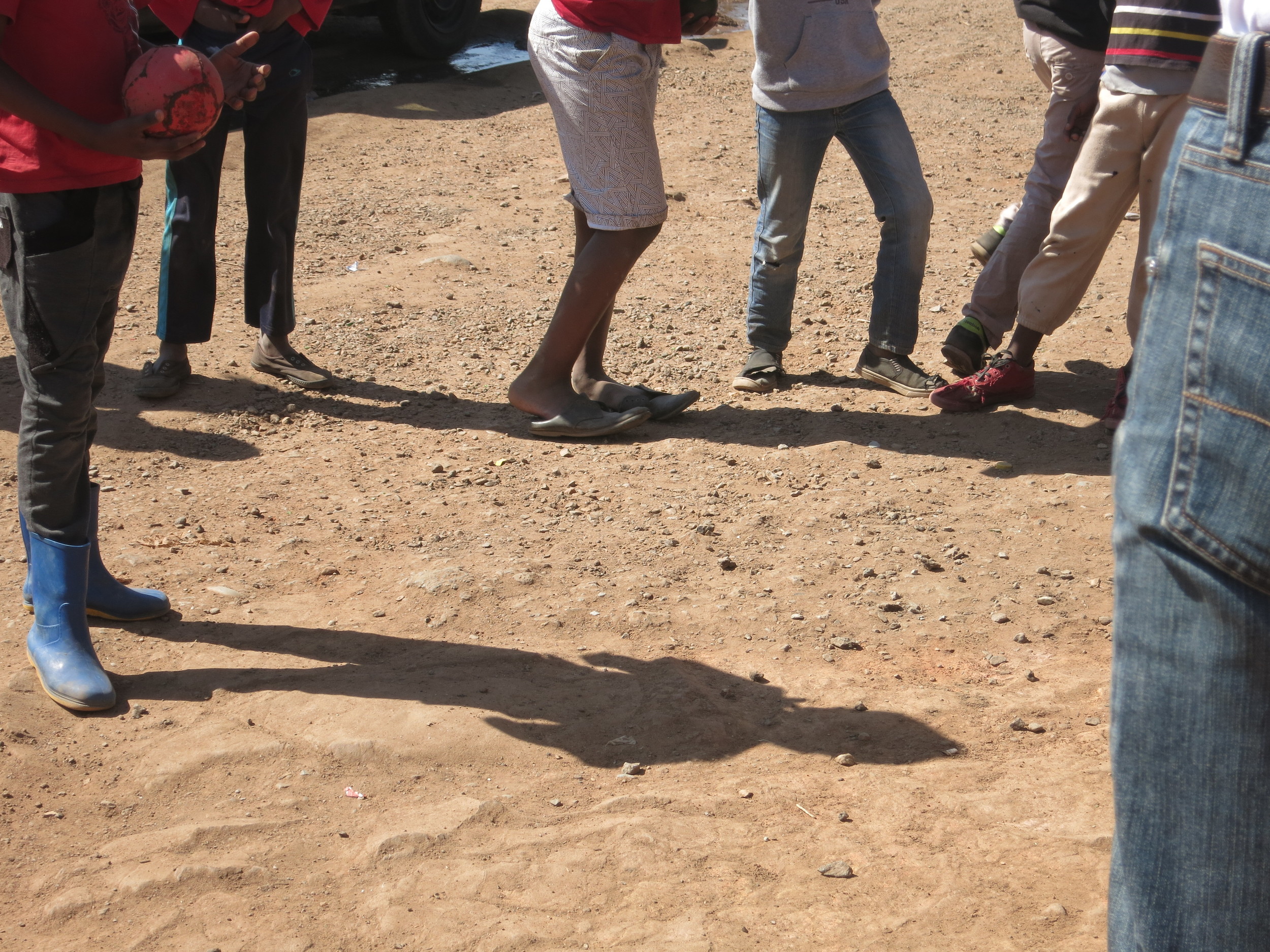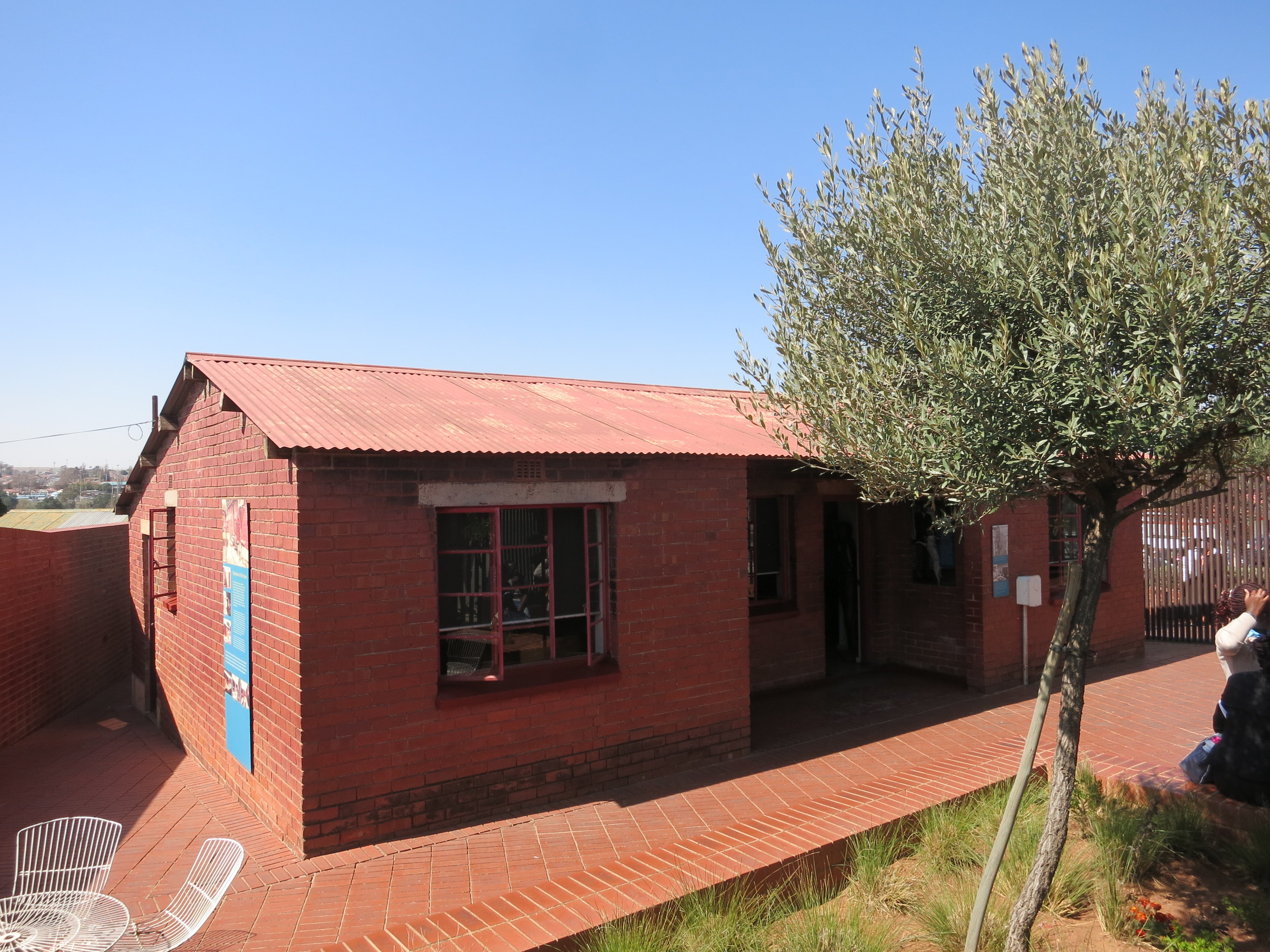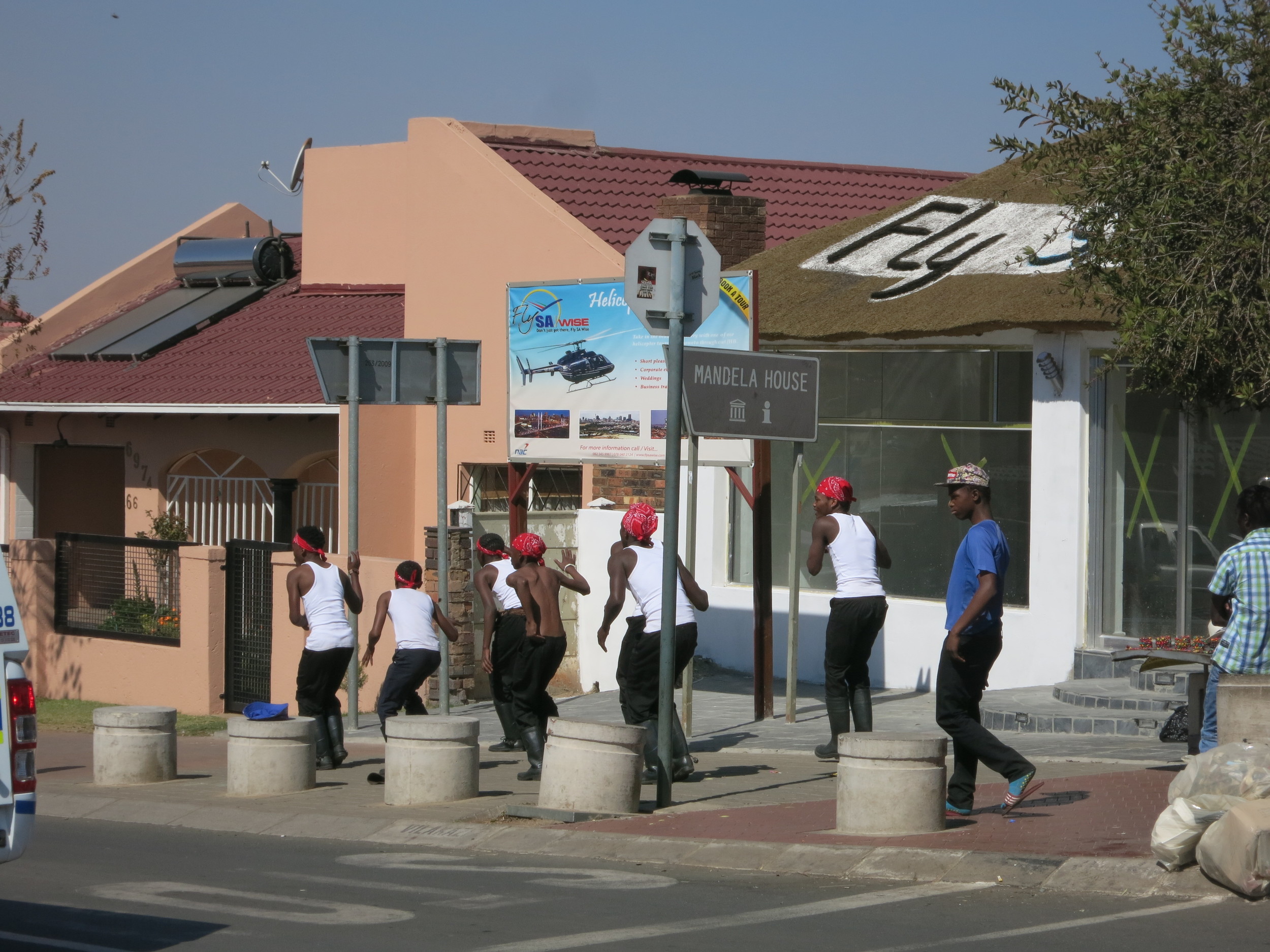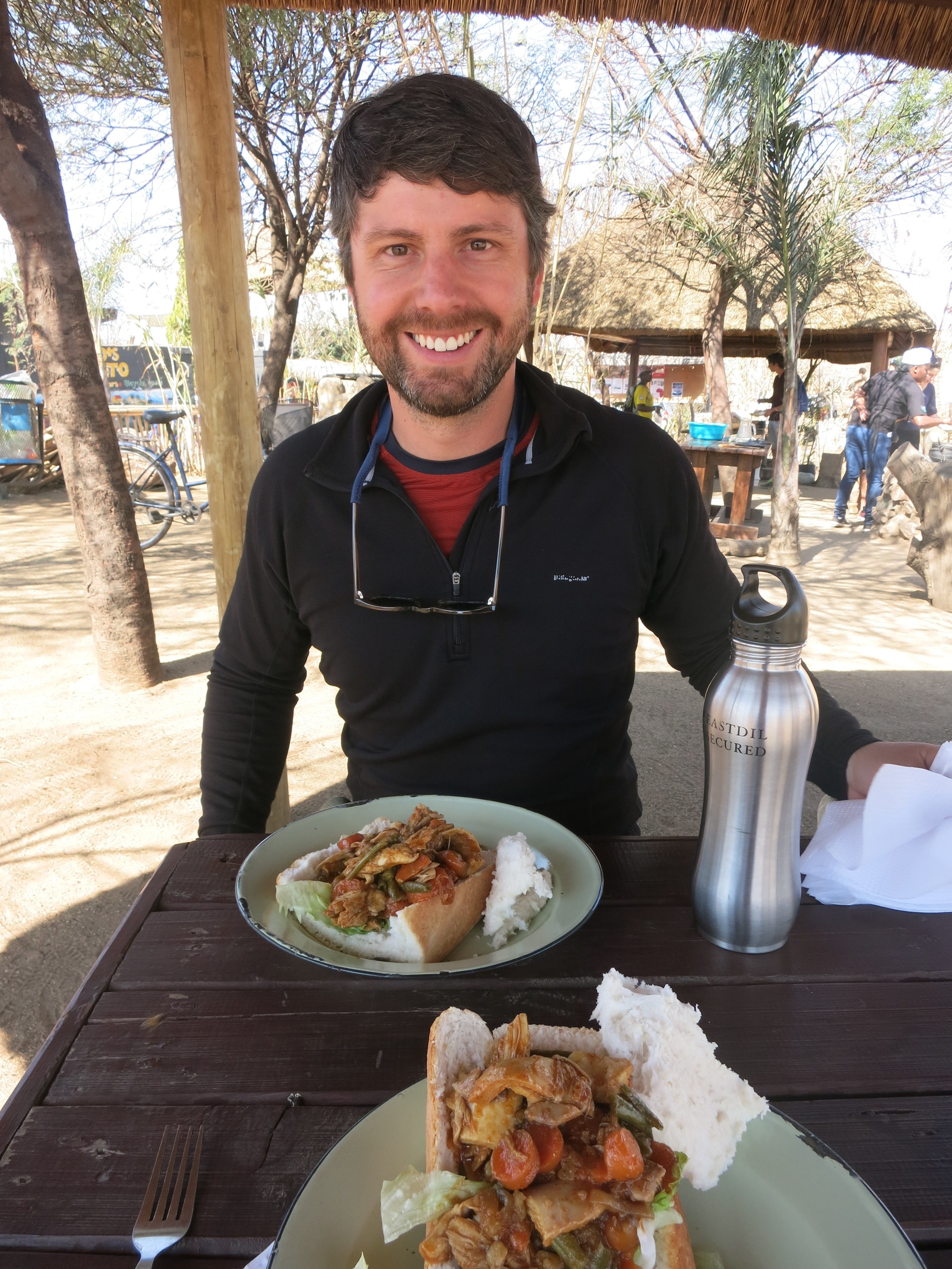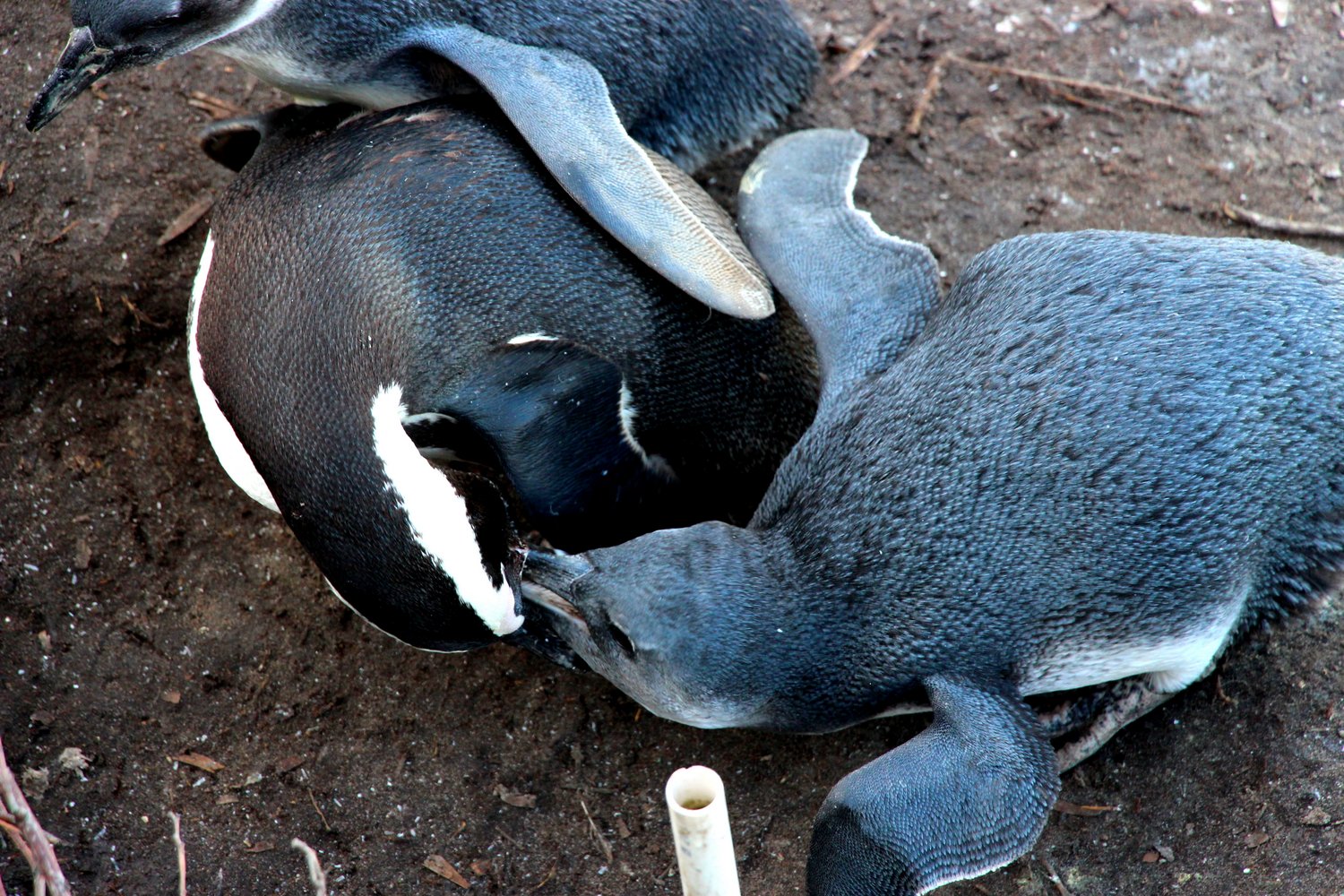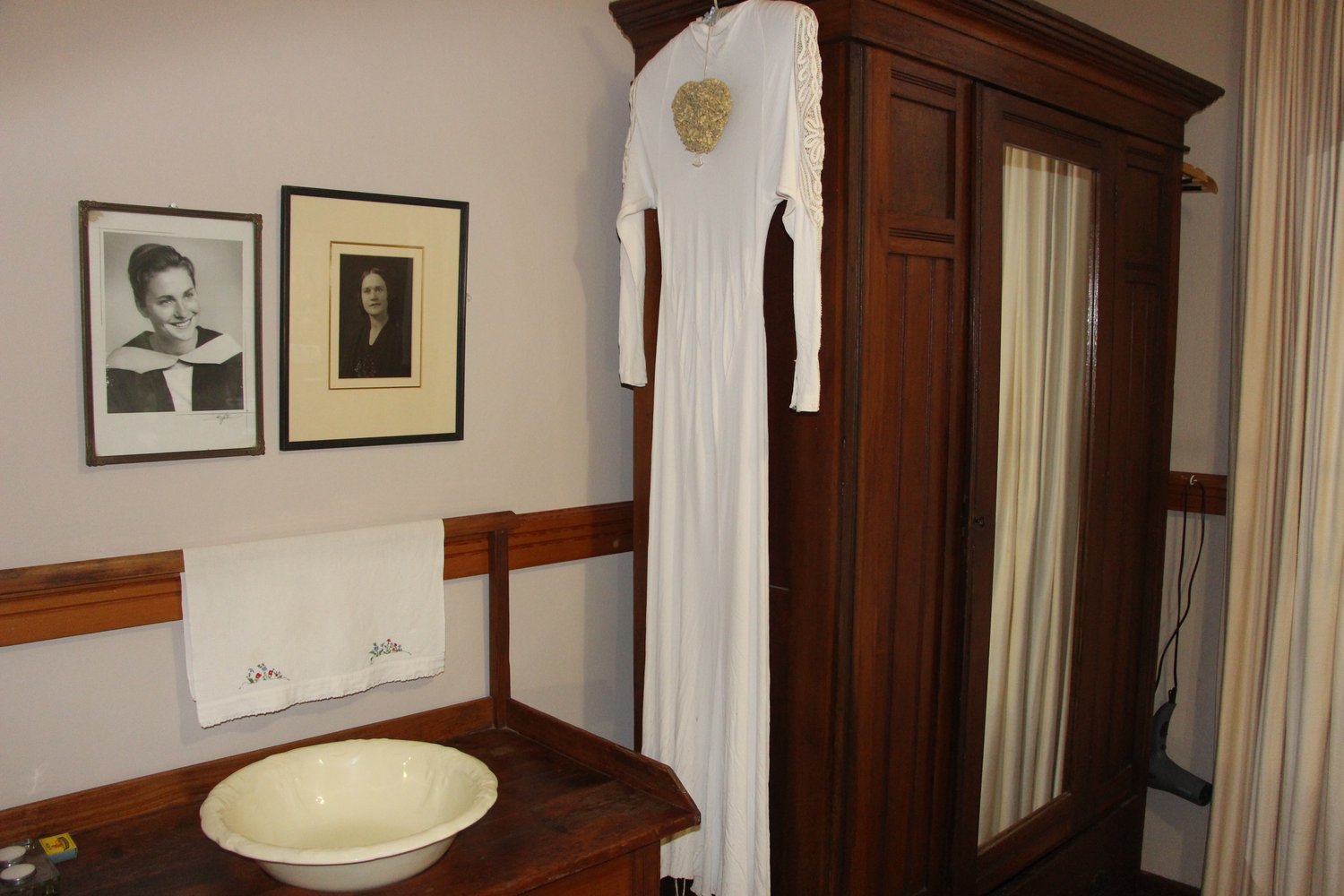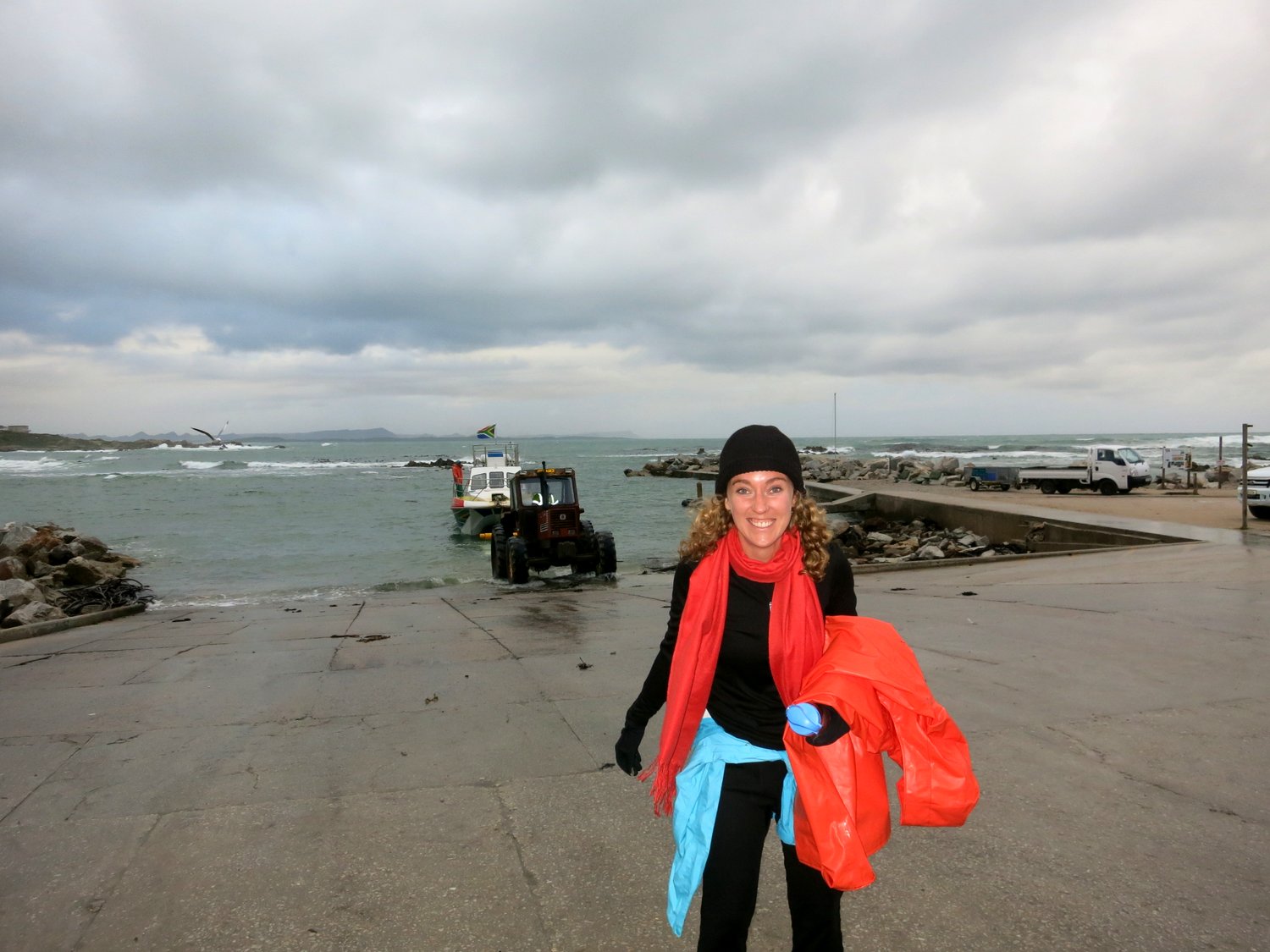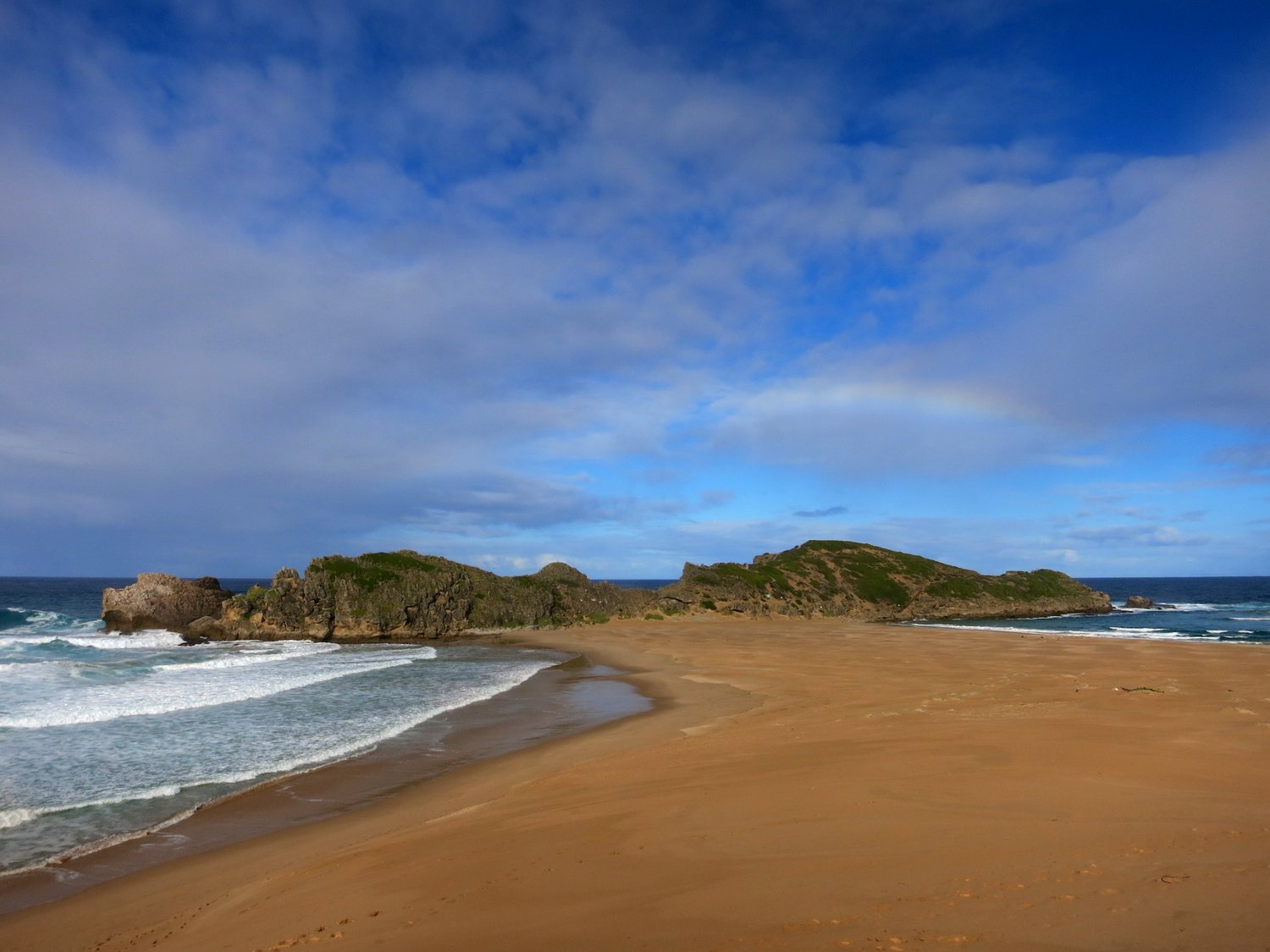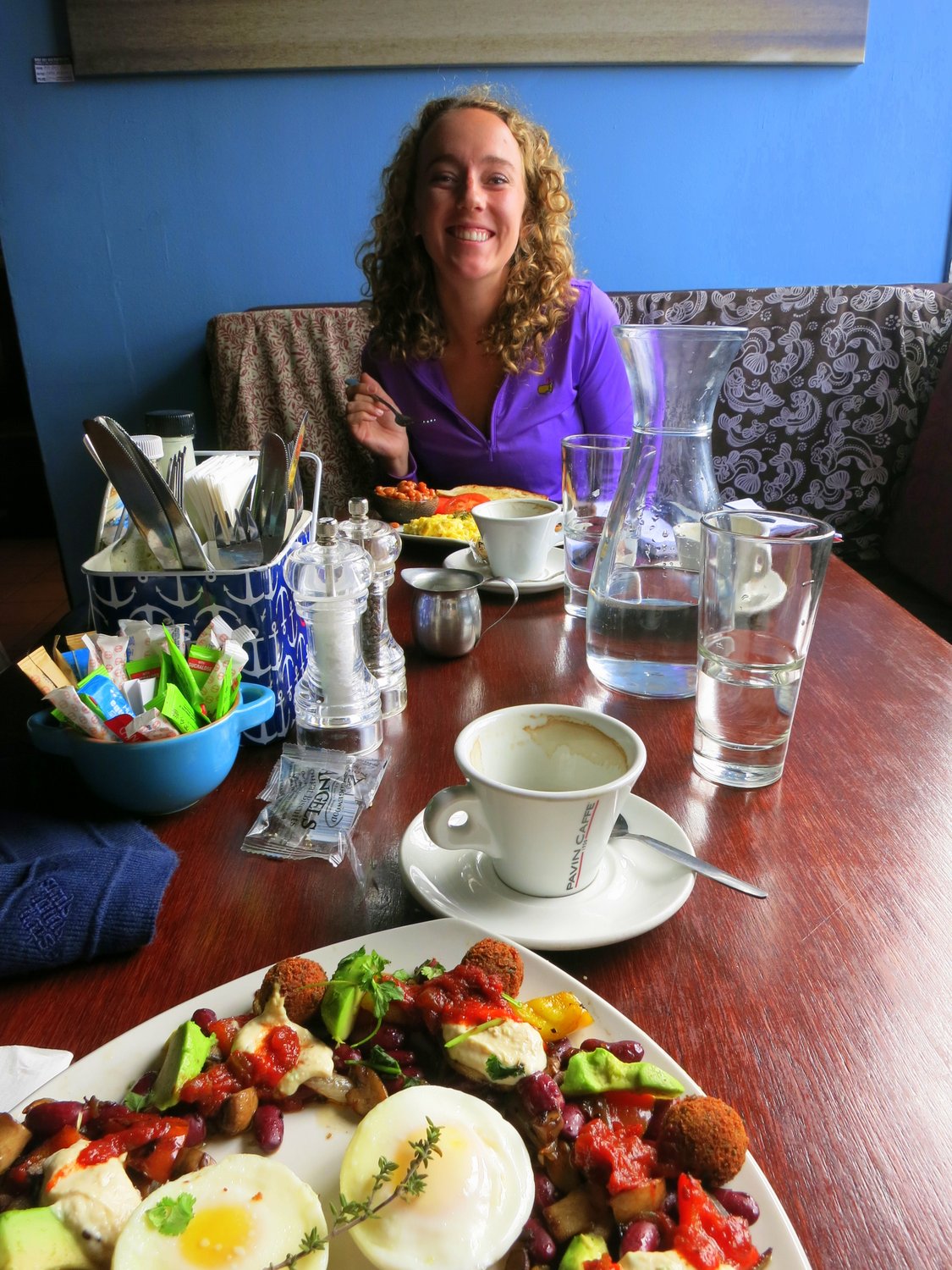Victoria Falls is the largest waterfall in the world and stretches 5,604 ft across Zambia and Zimbabwe. While the Zimbabwe side offers much better views, Zambia has more adrenaline activities. The only answer was to do both!
The Zimbabwe side of the Falls offers a few activities like zip lining and bungee jumping. We opted for the Gorge Swing. It was just what we hoped—the gorge was gorgeous and the drop was terrifying! We decided to go together on the tandem swing so we could squeeze each other on the way down. The swing starts with about six seconds of free-fall (which feels like six years). Then as you swing, you get to take in the beautiful surroundings for an otherworldly experience. It was breathtaking in every way! Words won’t justify it so we recommend you check out the pics and watch our video!
Real skeptical...
But we did it!
The Zambia side held two attractions for us- The Micro-Lite and Devil’s Pool.
The Micro-Lite is a motorized paraglider that flies over the Falls. It is gorgeous and so fun! The only downside is cameras aren’t allowed, but each paraglider is fixed with a GoPro so your ride can be remembered.
Devil’s Pool- Only available during the dry season when the swell of the falls is low, Devil’s Pool is a natural infinity pool at the top of the falls. You first ride a boat to Livingstone Island (“Island” being a broad term for the small patch of land closest to the pool) and then swim (YES, SWIM) across part of the falls to get to Devil’s Pool. The excursion comes with breakfast, lunch, or sundowners. We opted for sundowners, as a cocktail would be necessary after the swim!
"Just jump!" our guide said.
The view over the edge!
Oh yea, we're getting along great!
So ends our Victoria Falls Adventure. Click Here for the full photo gallery. Next up: Tanzania!



